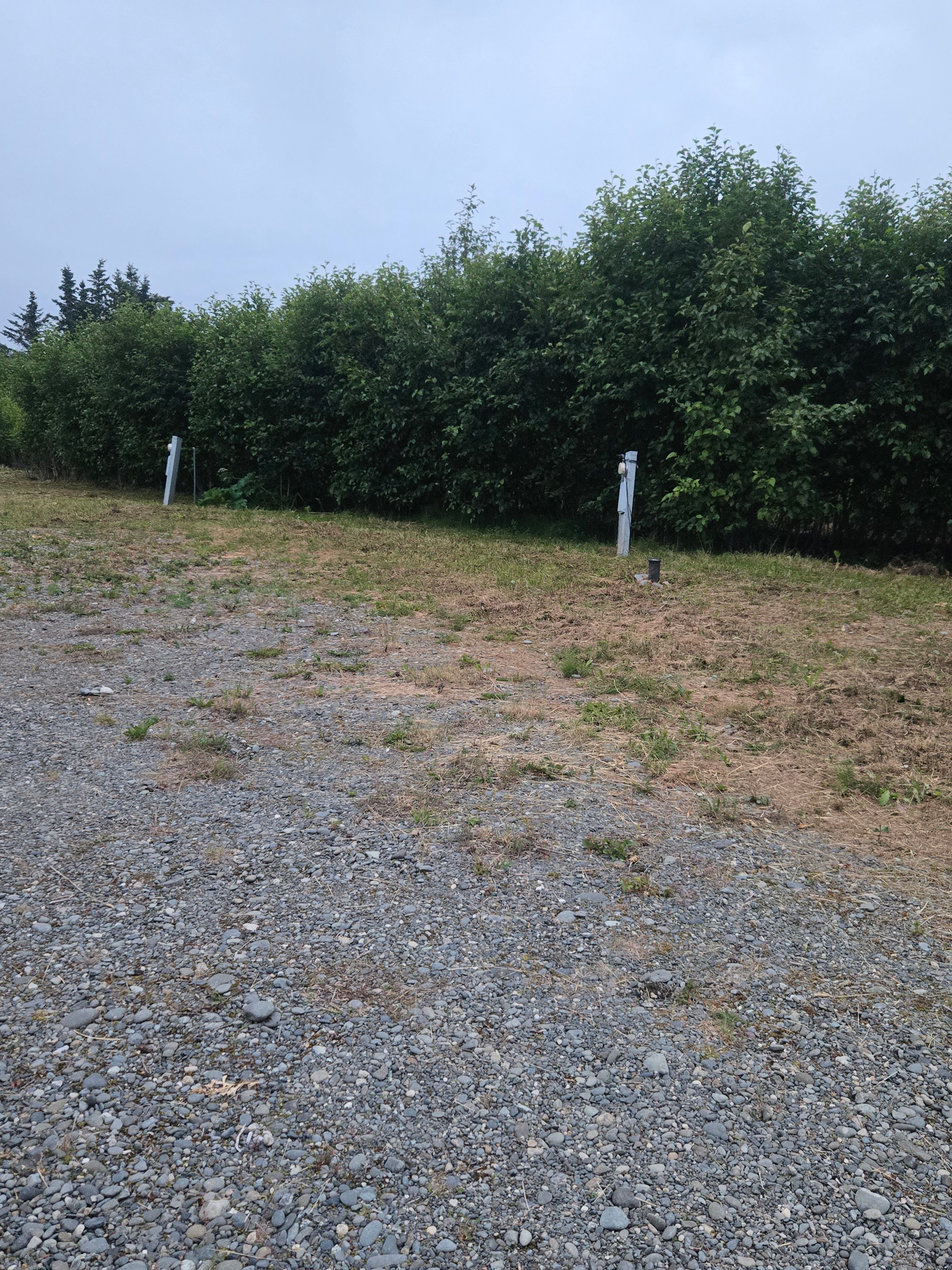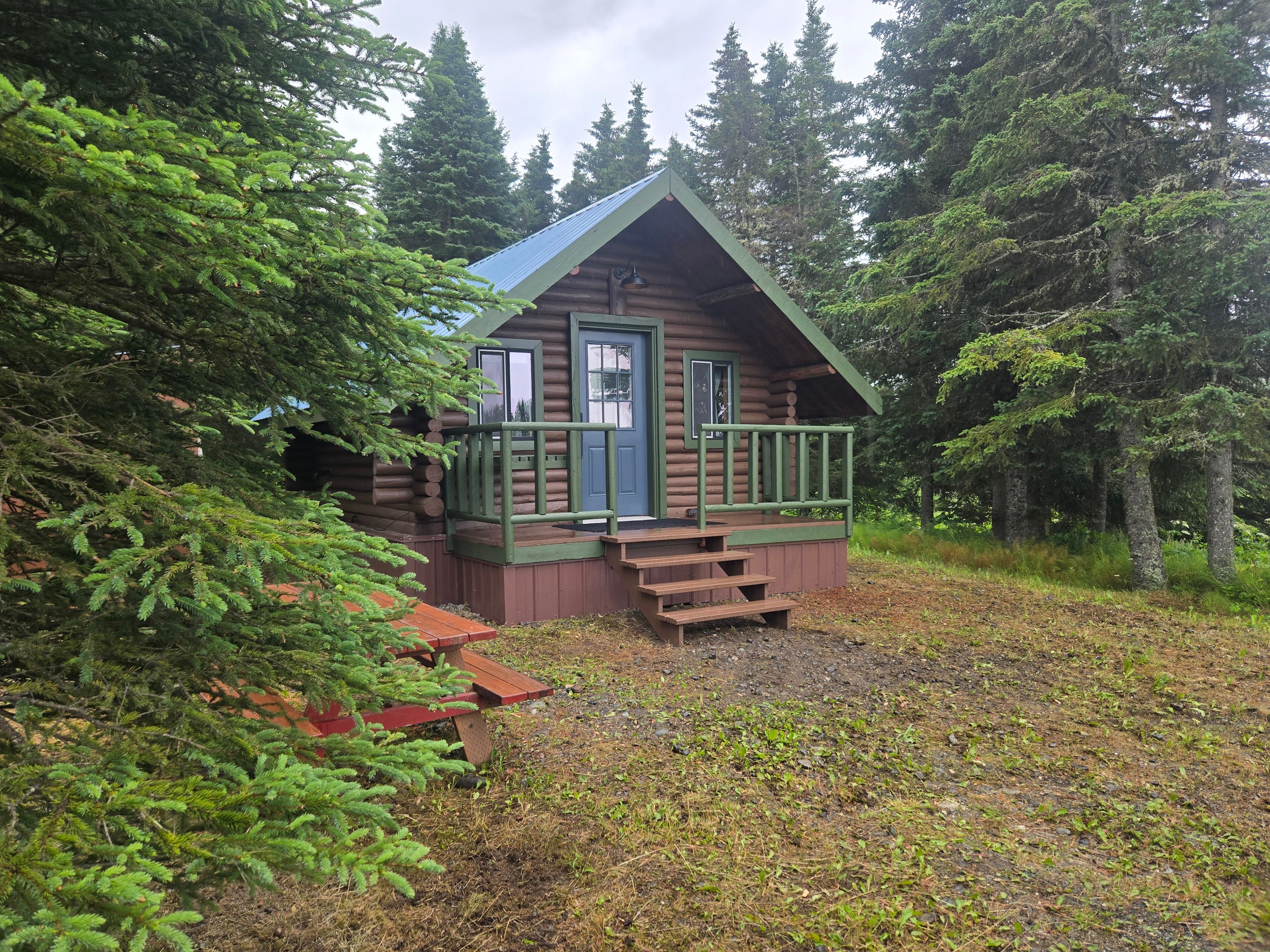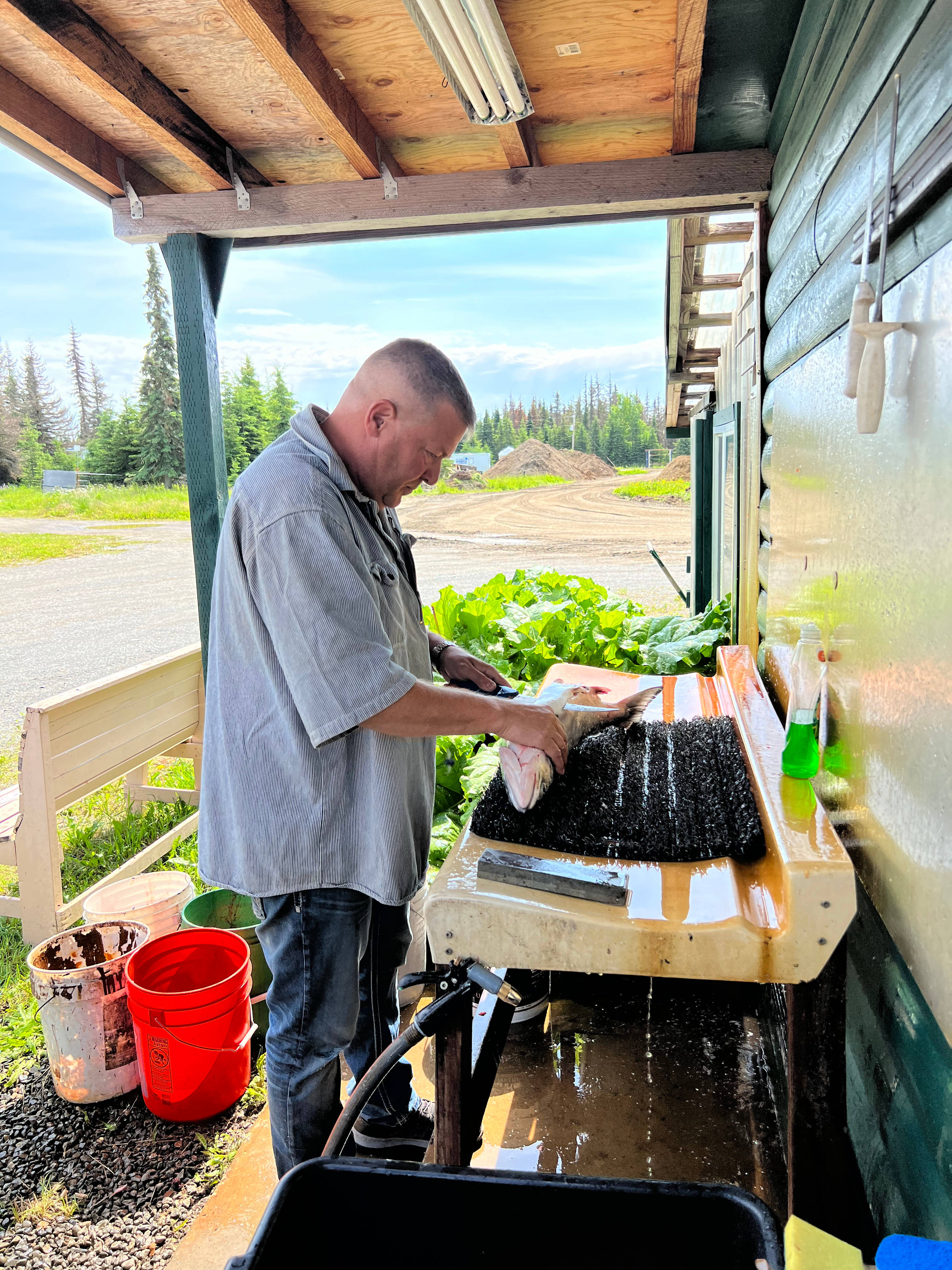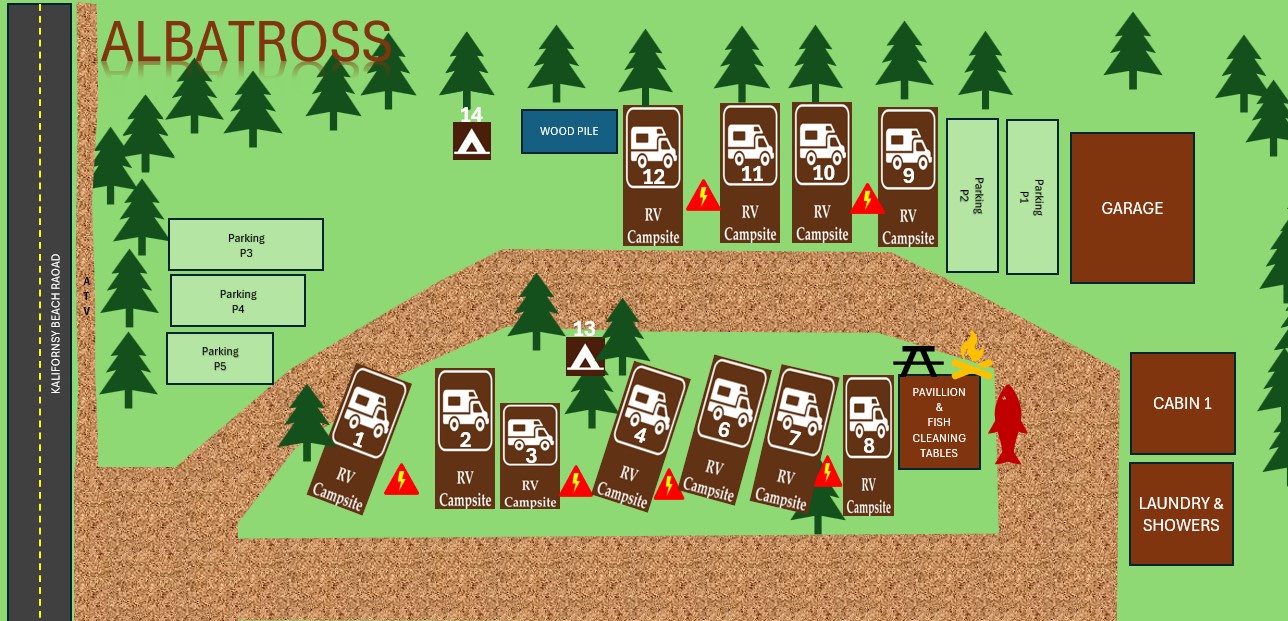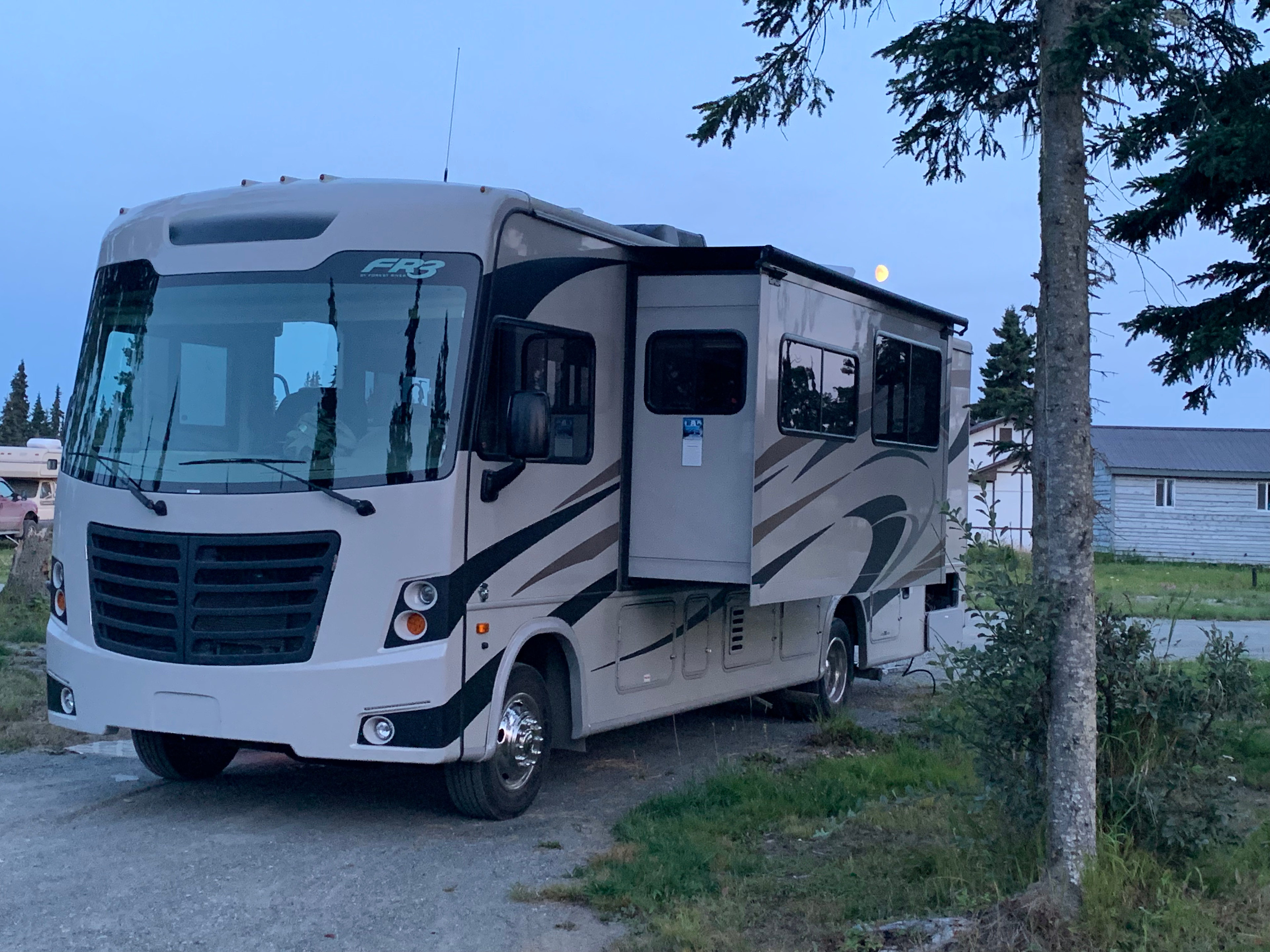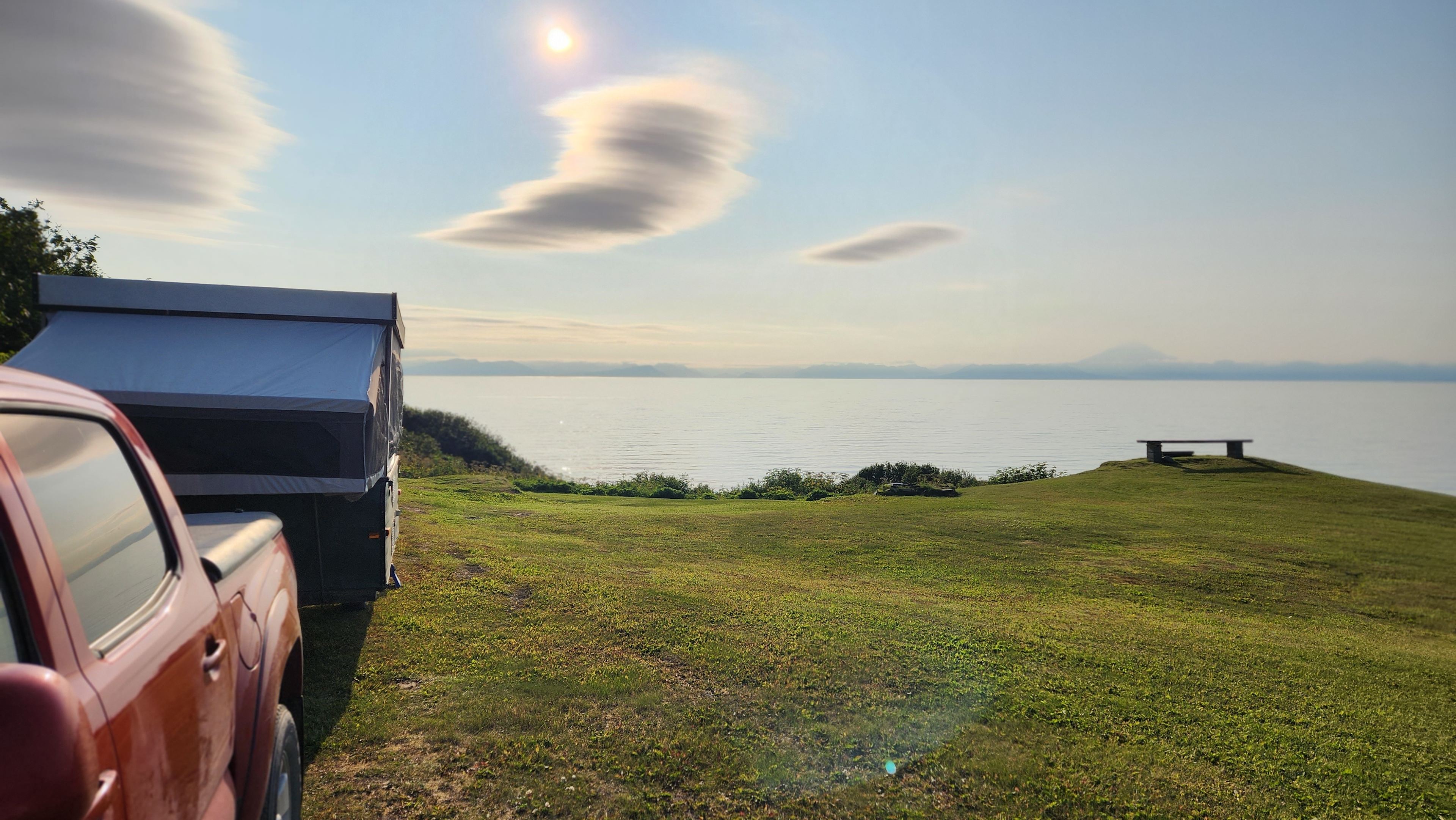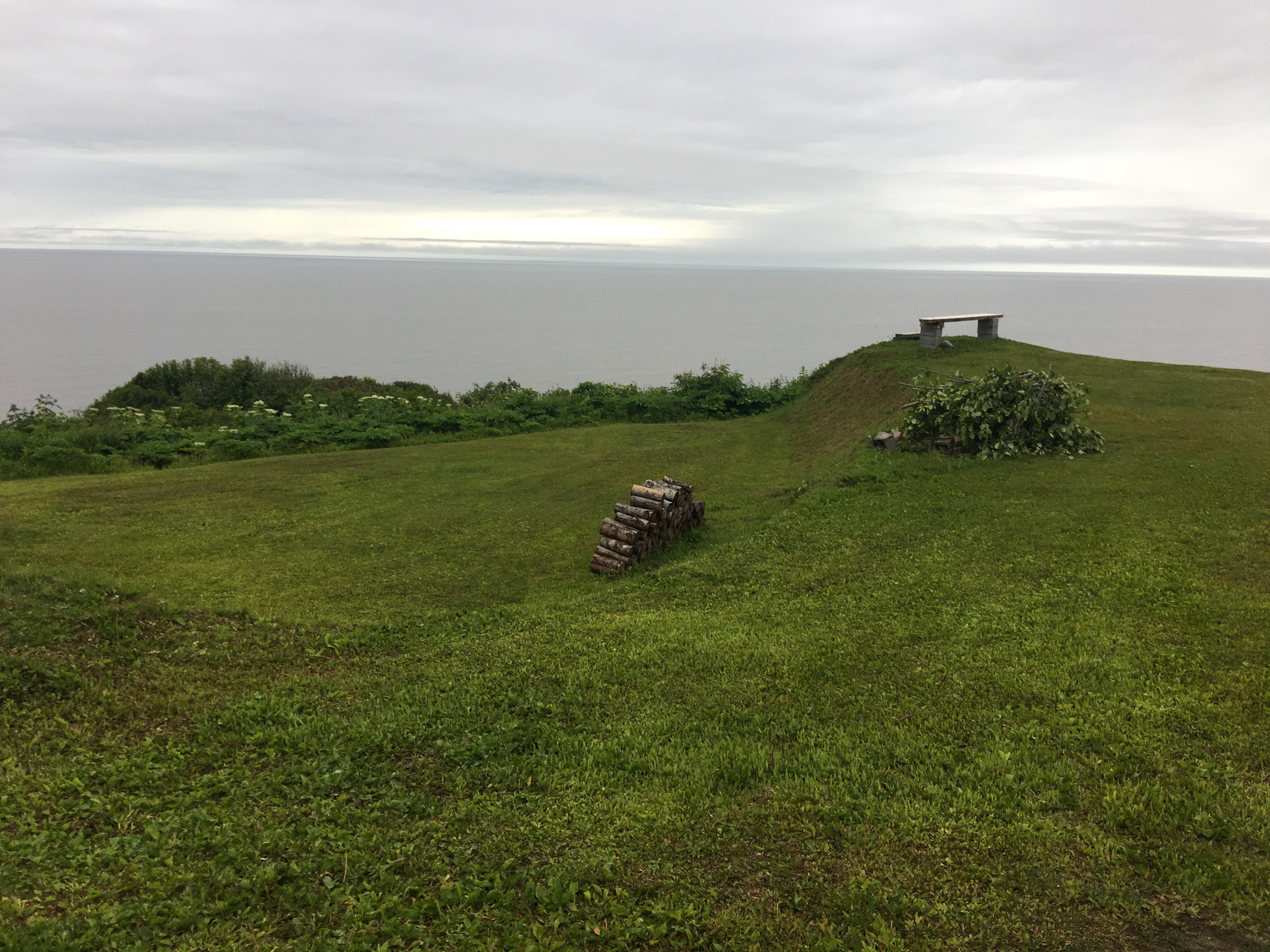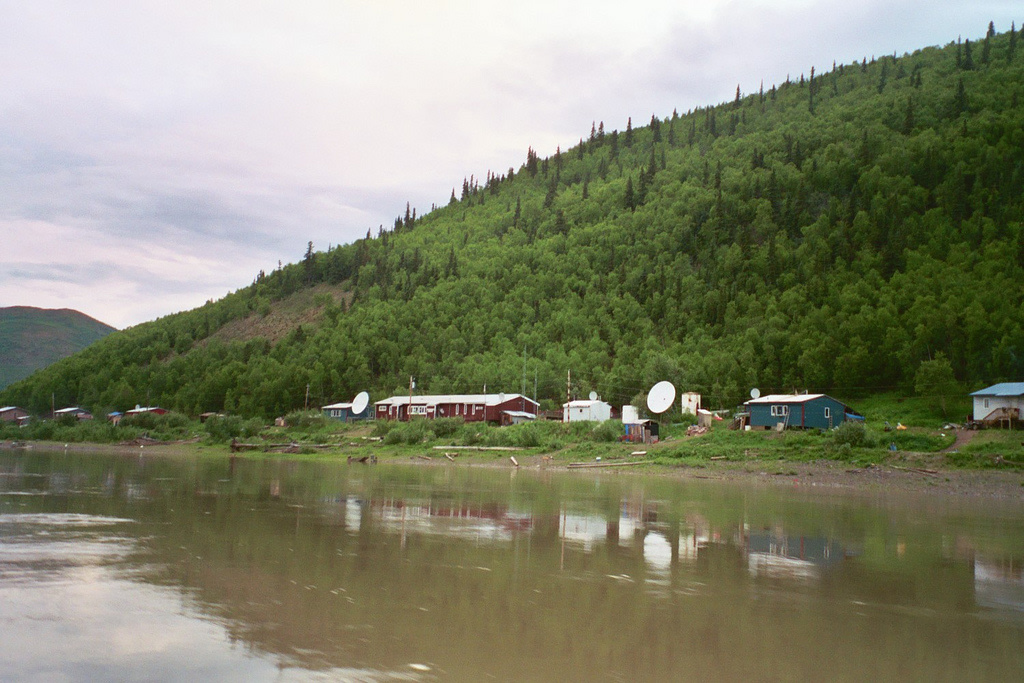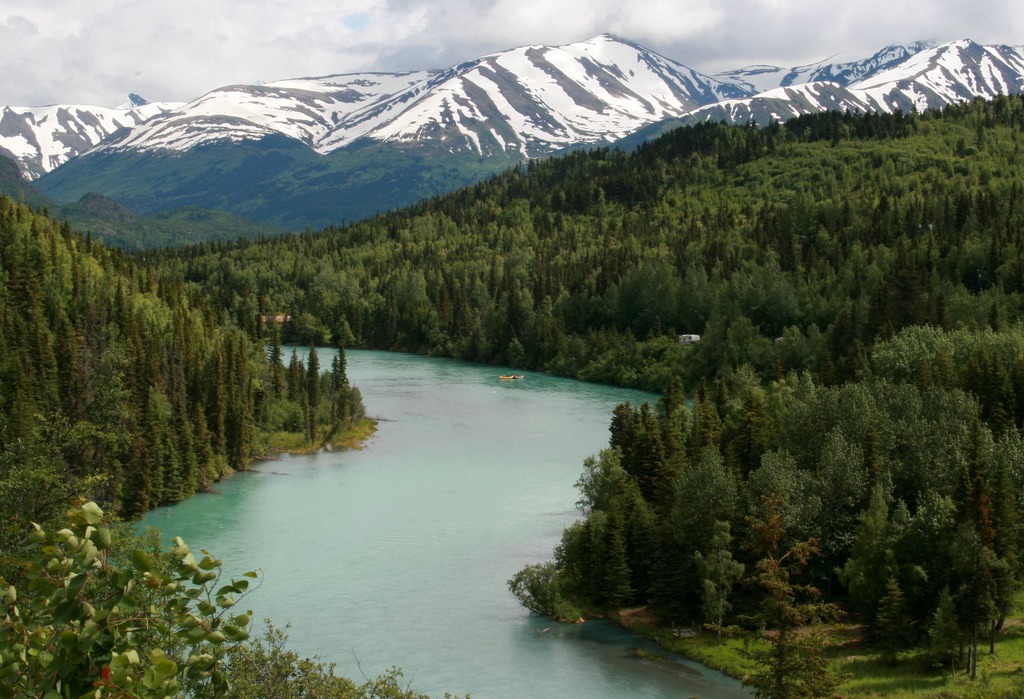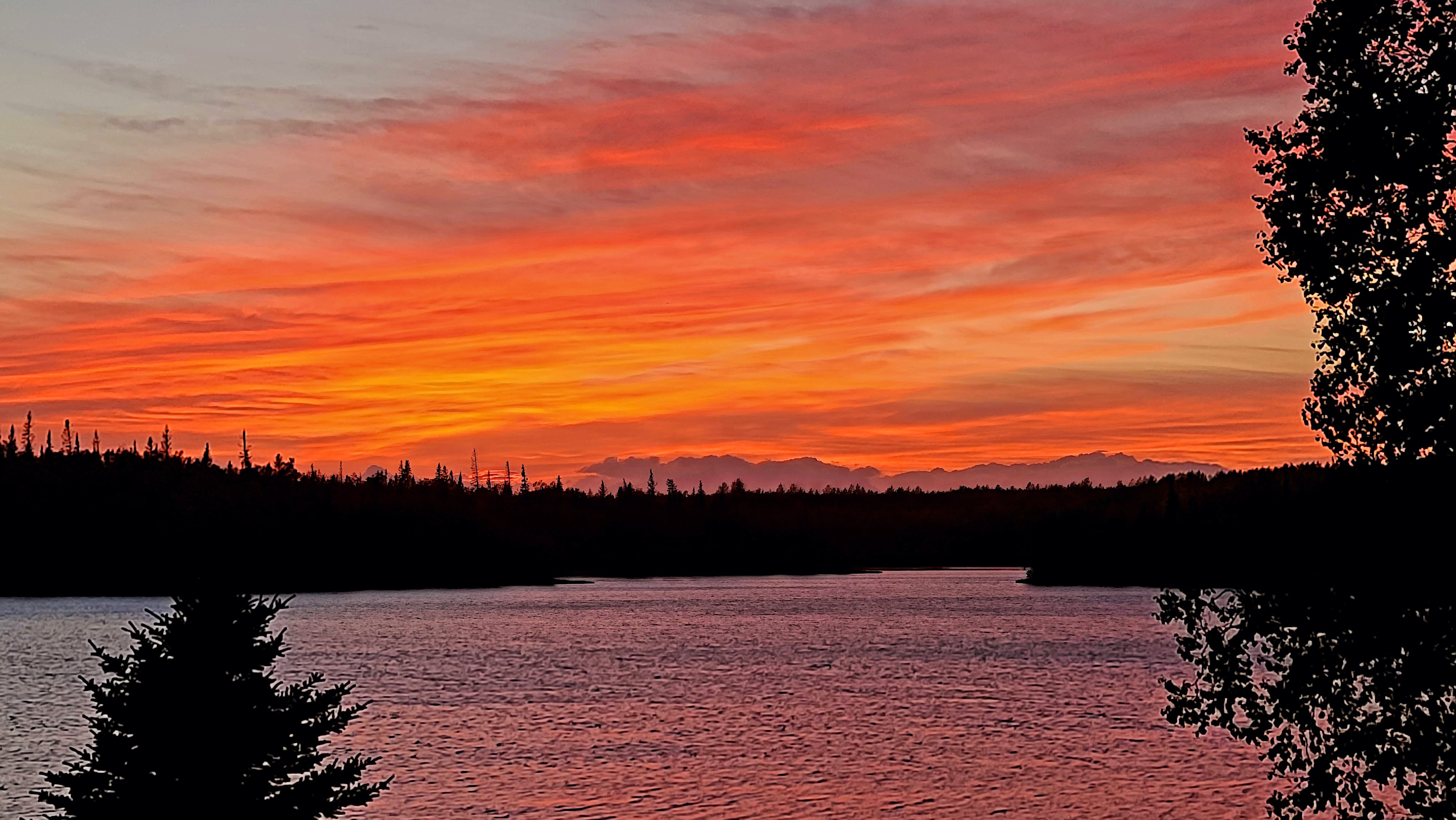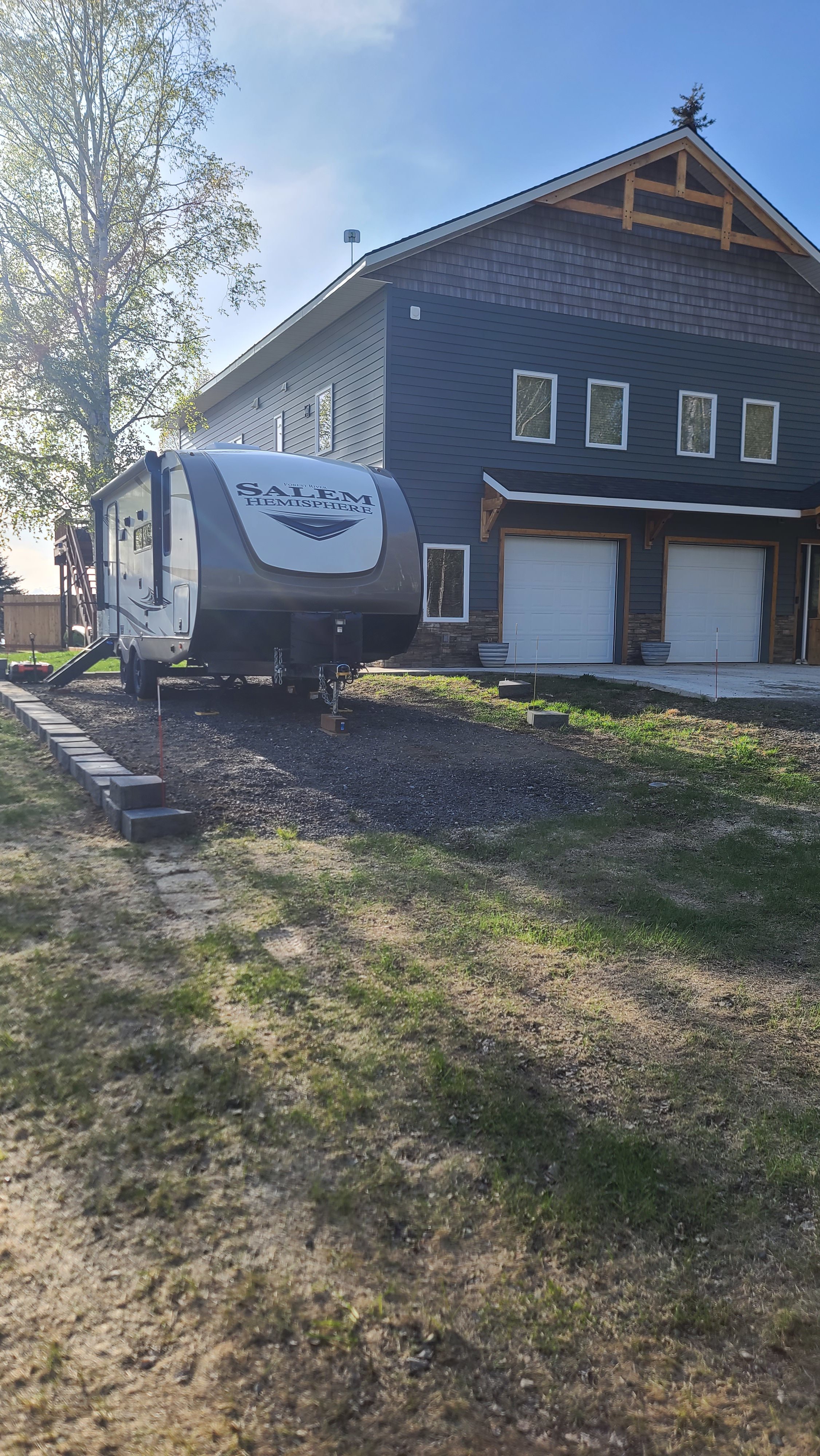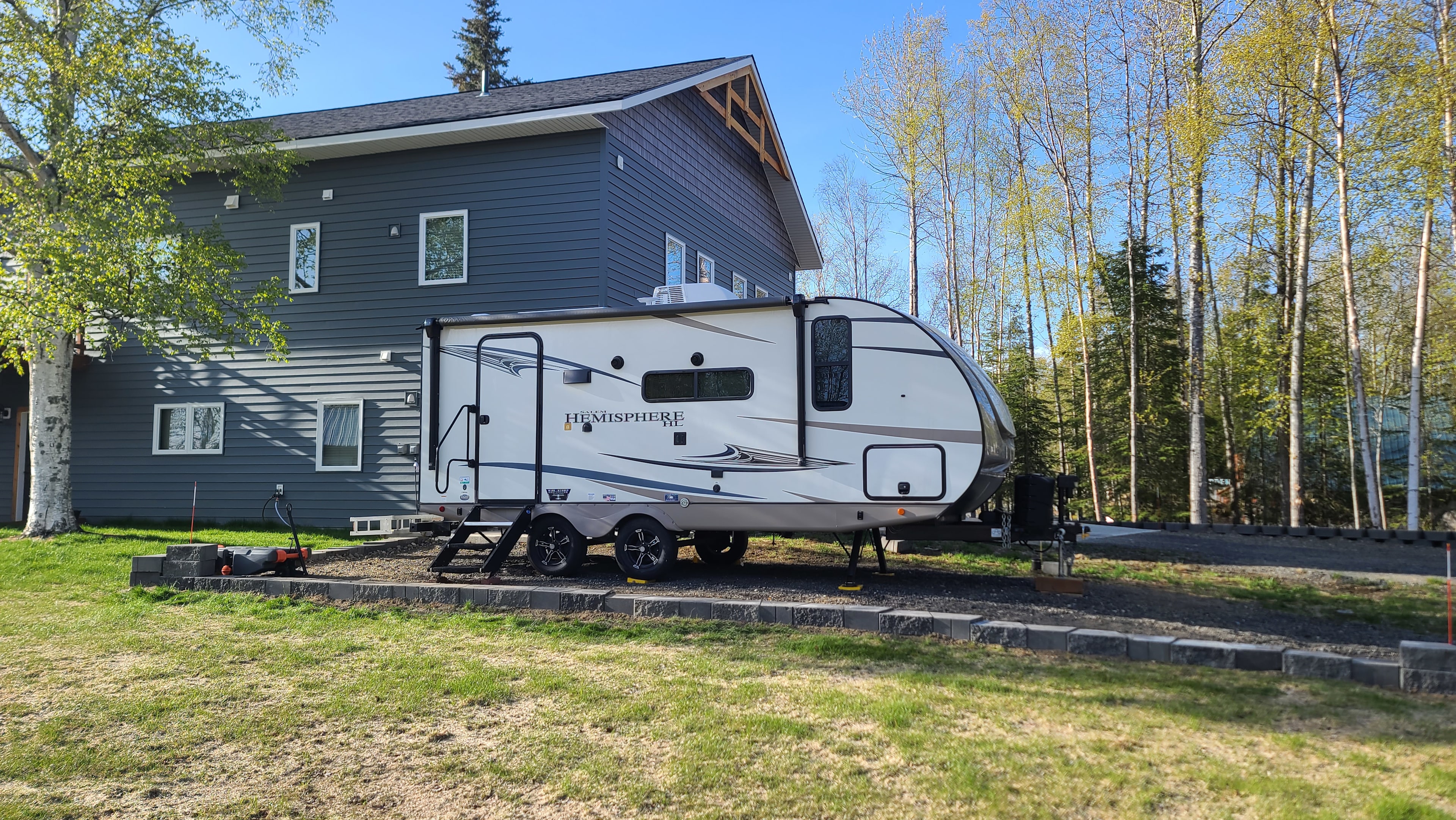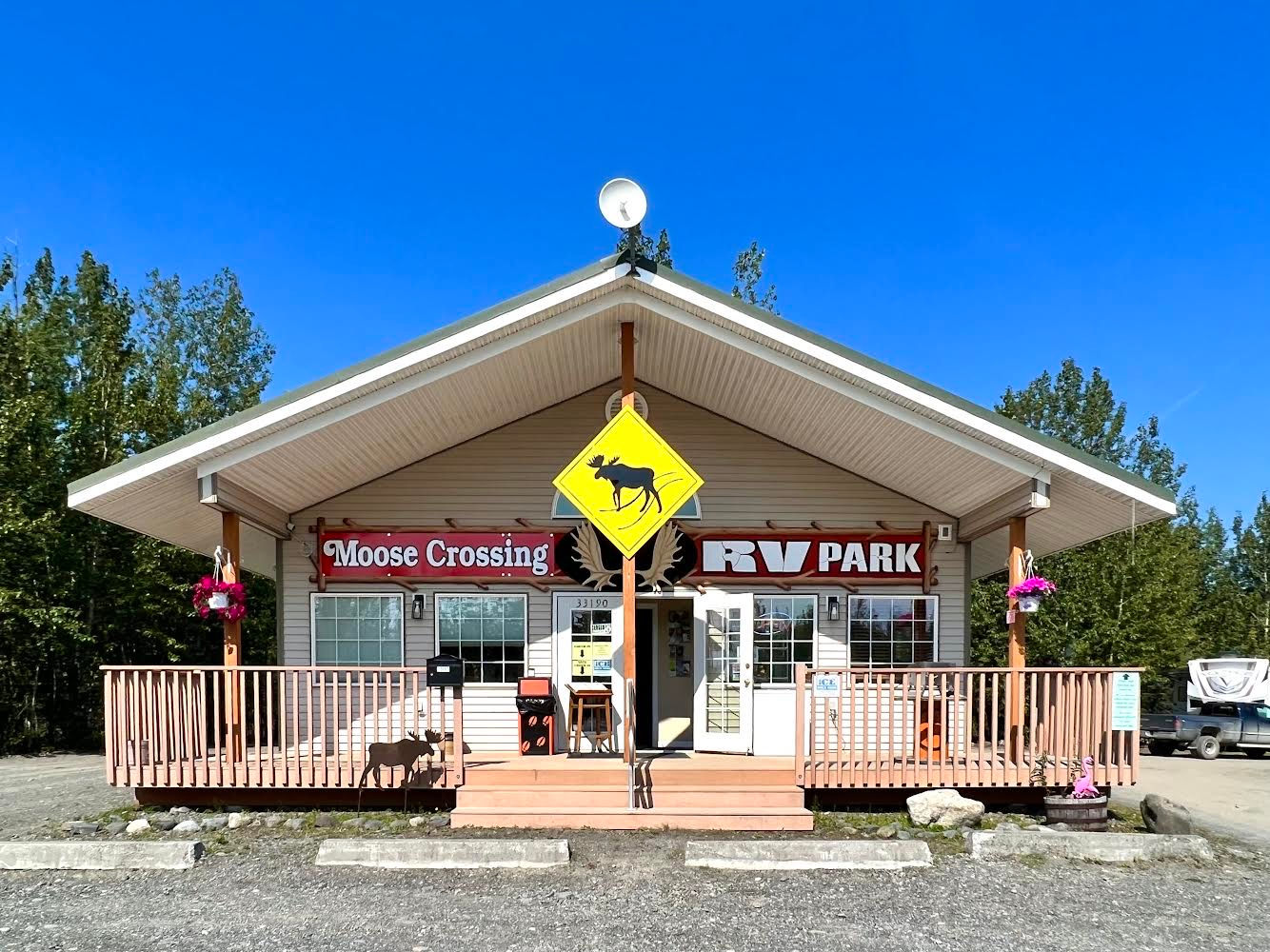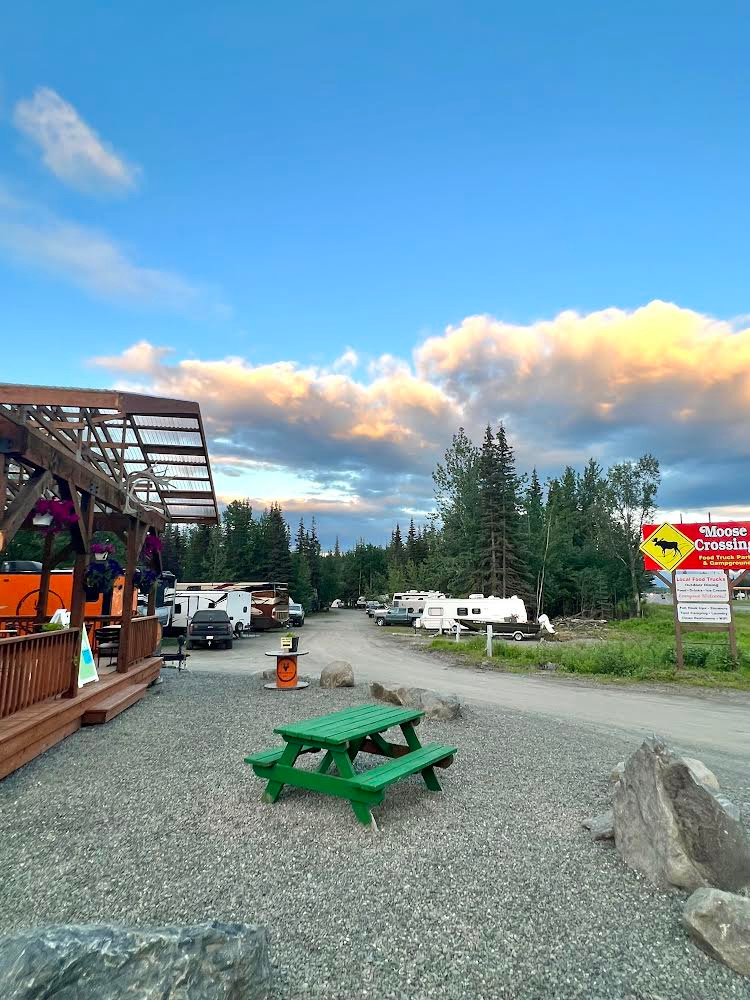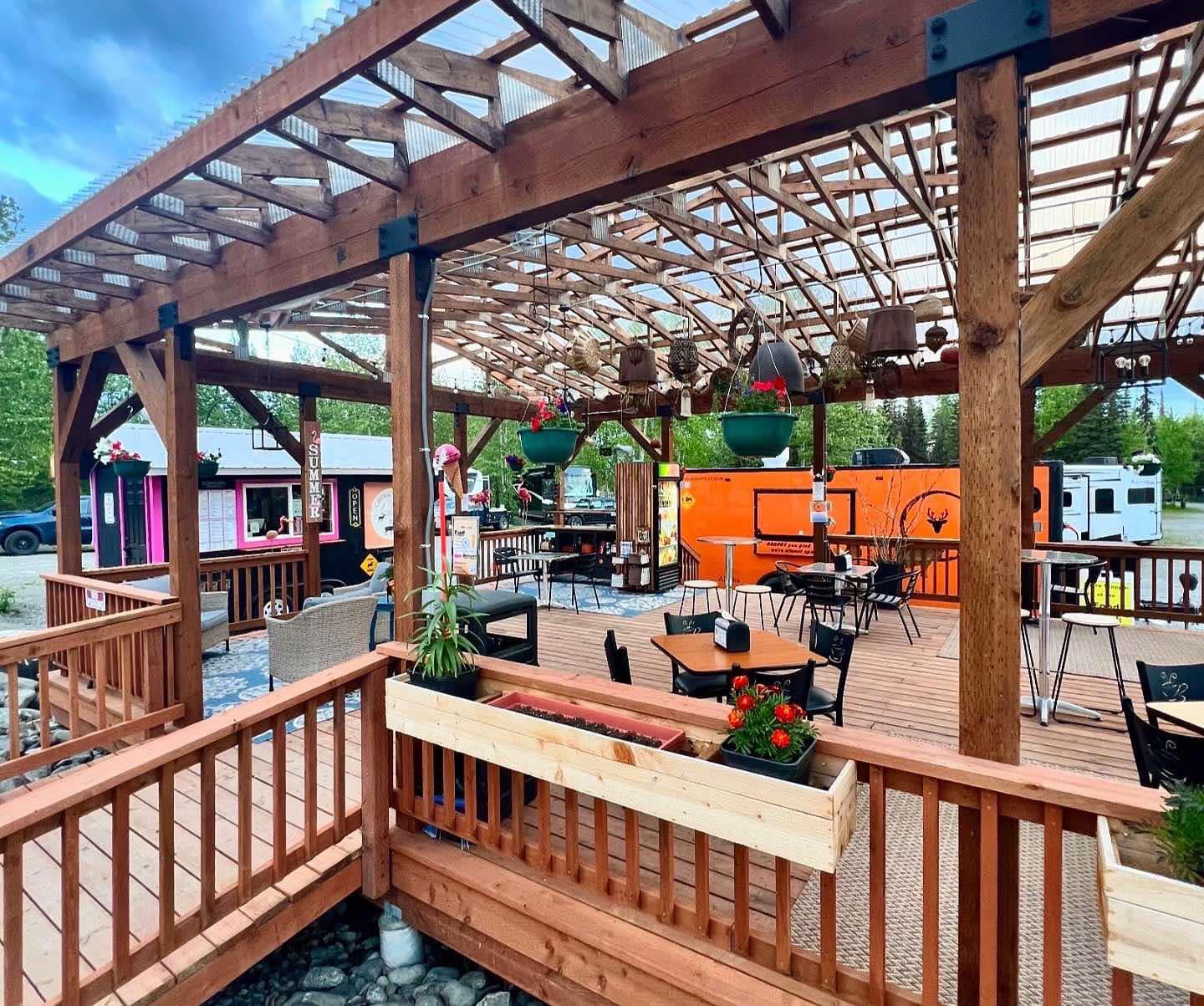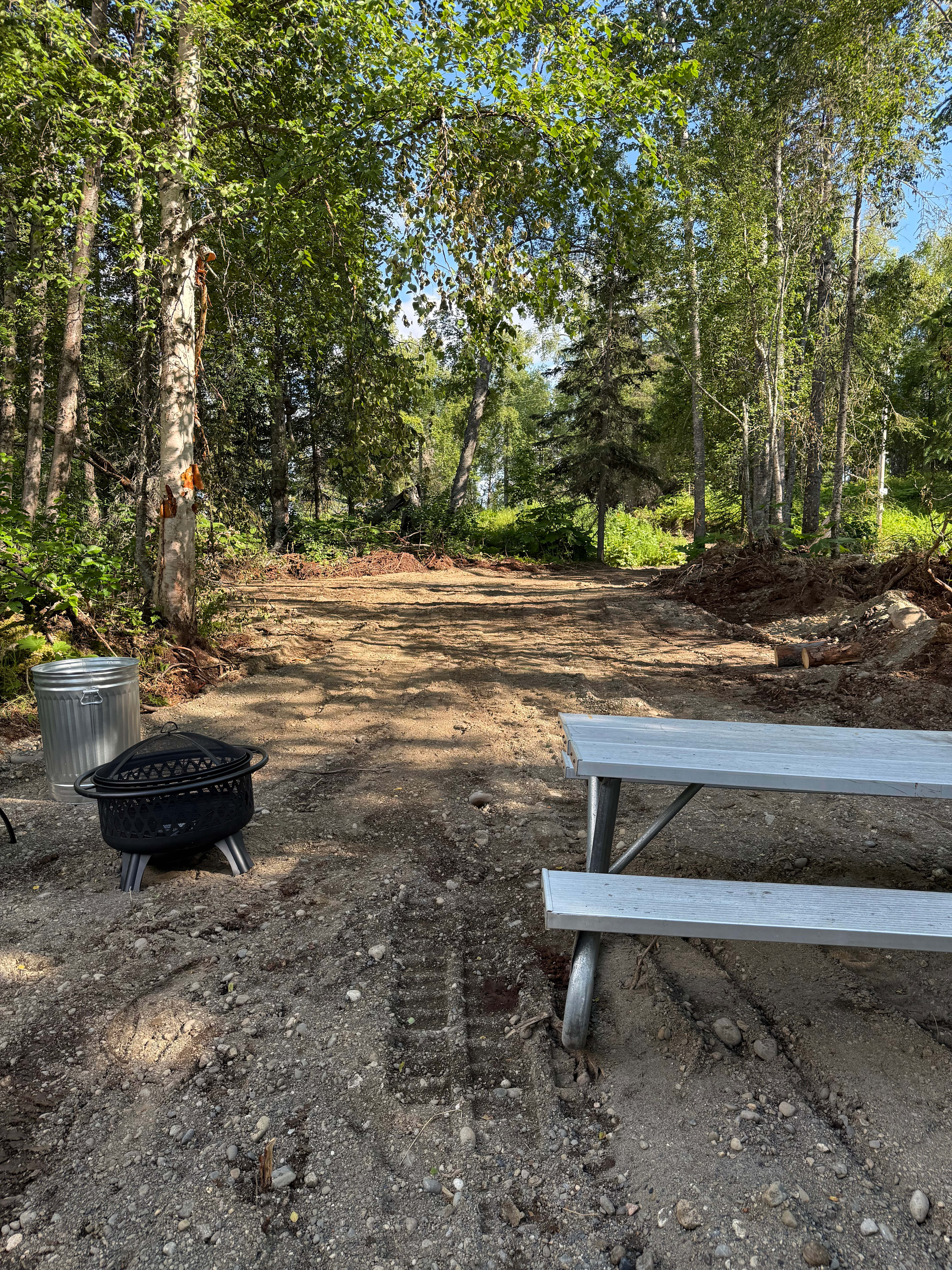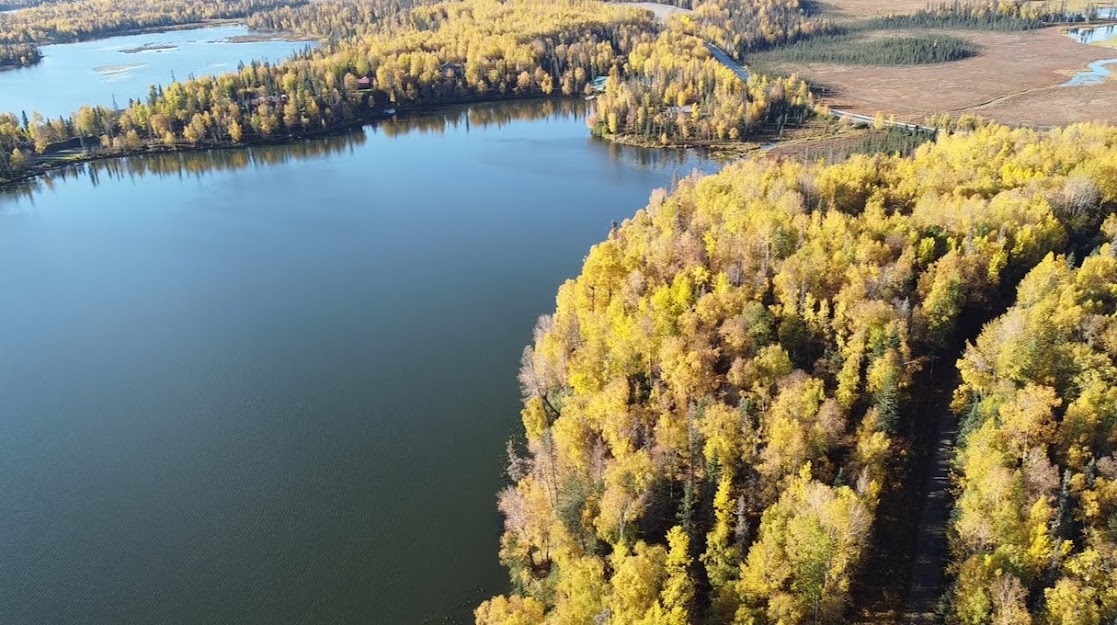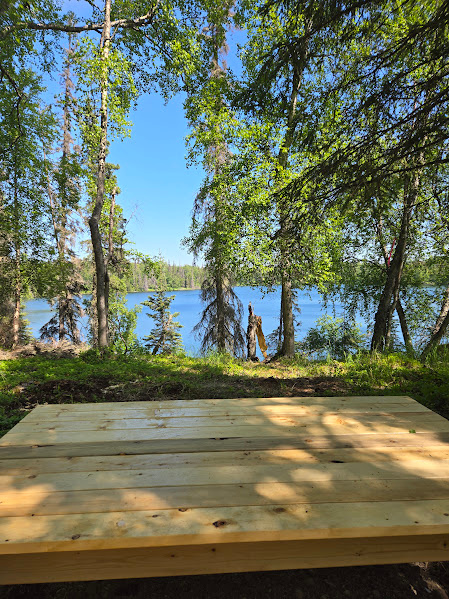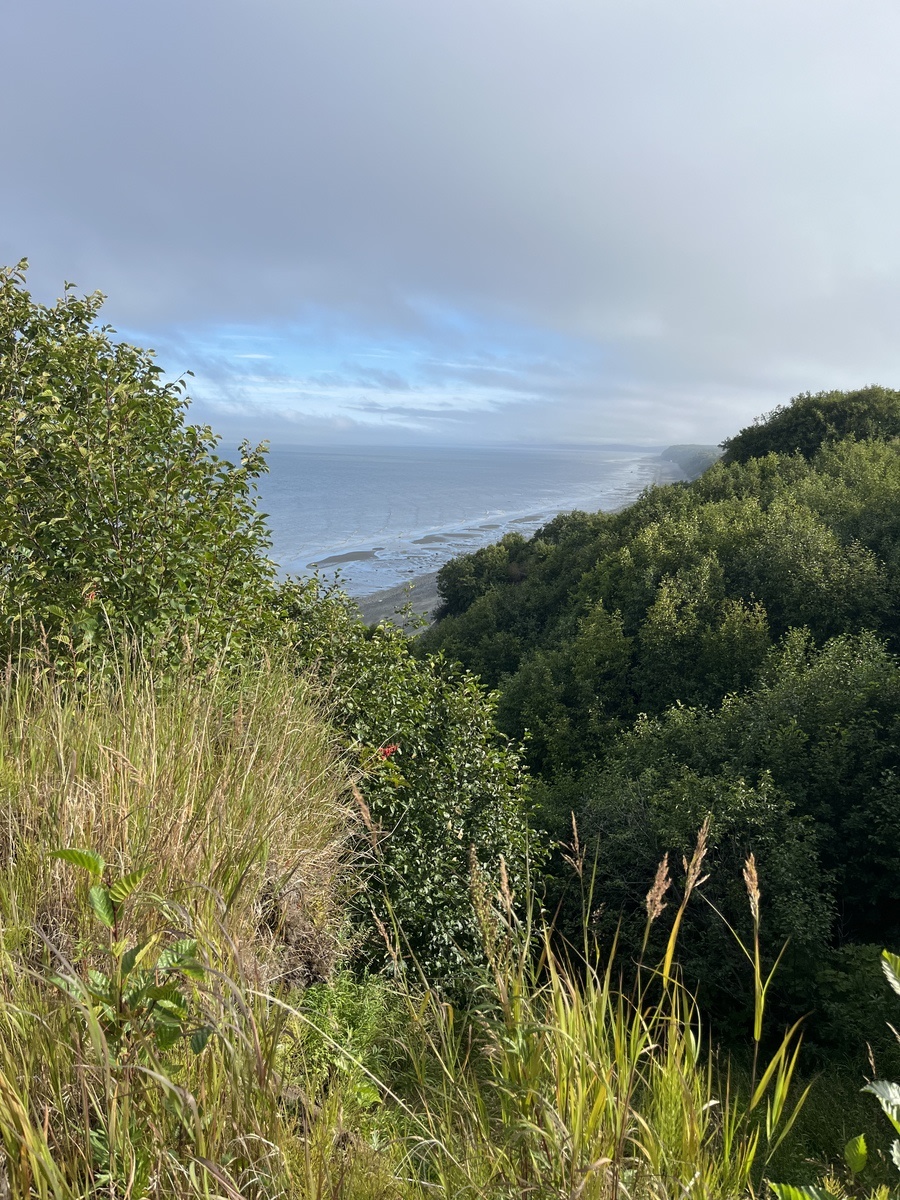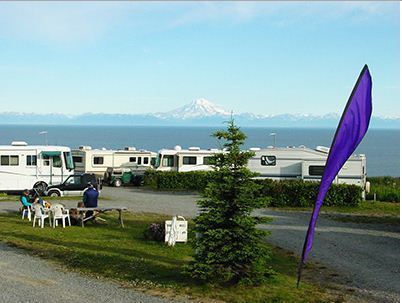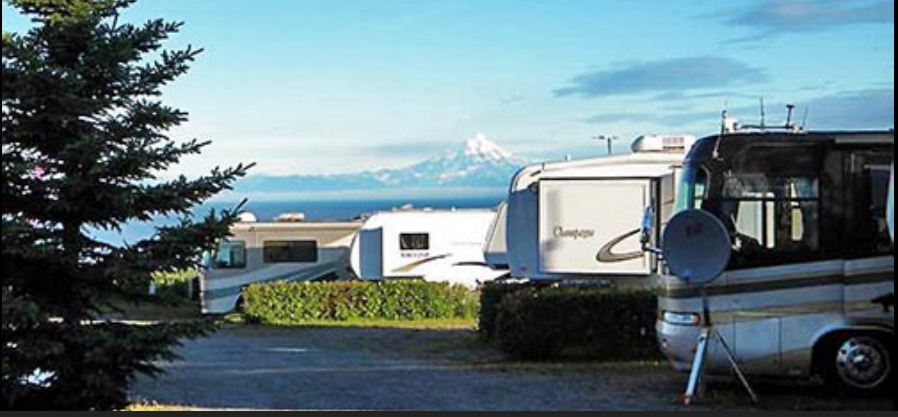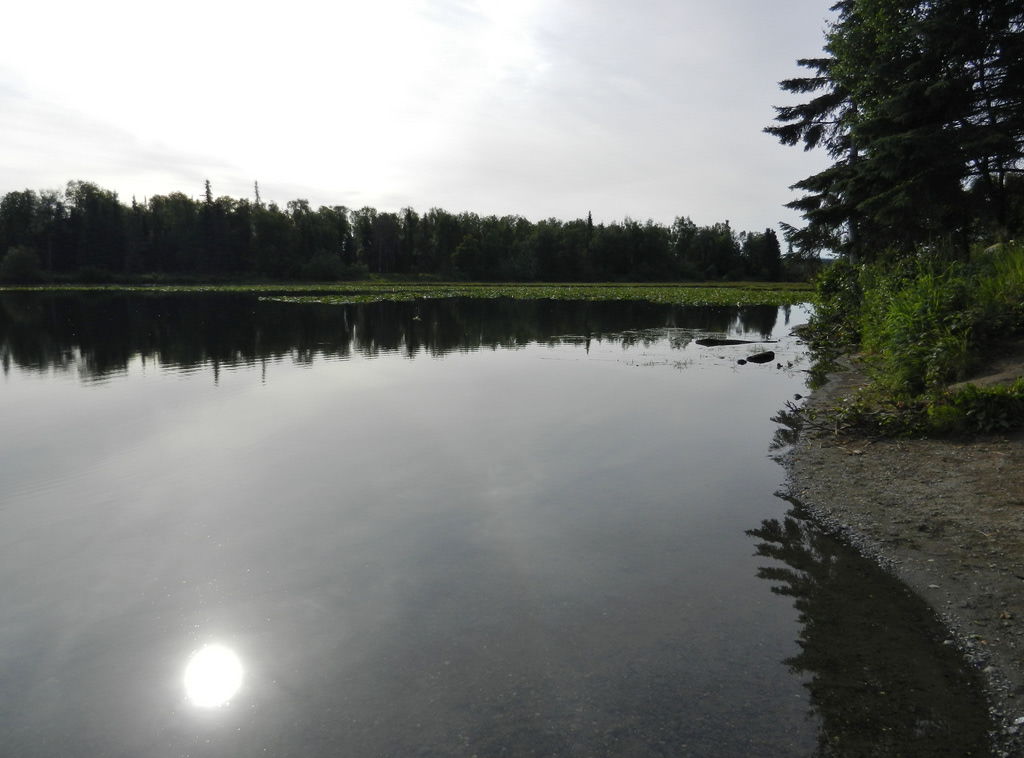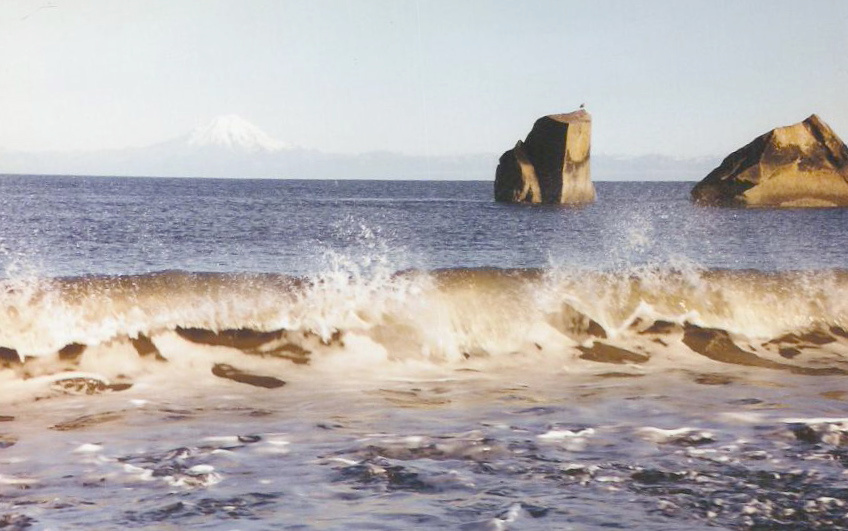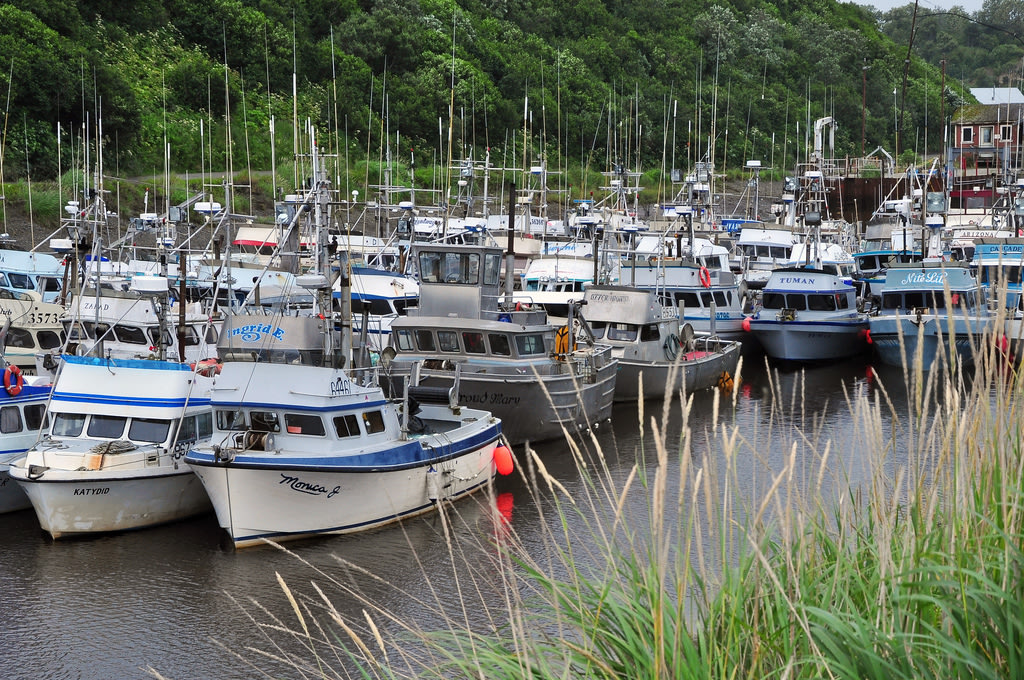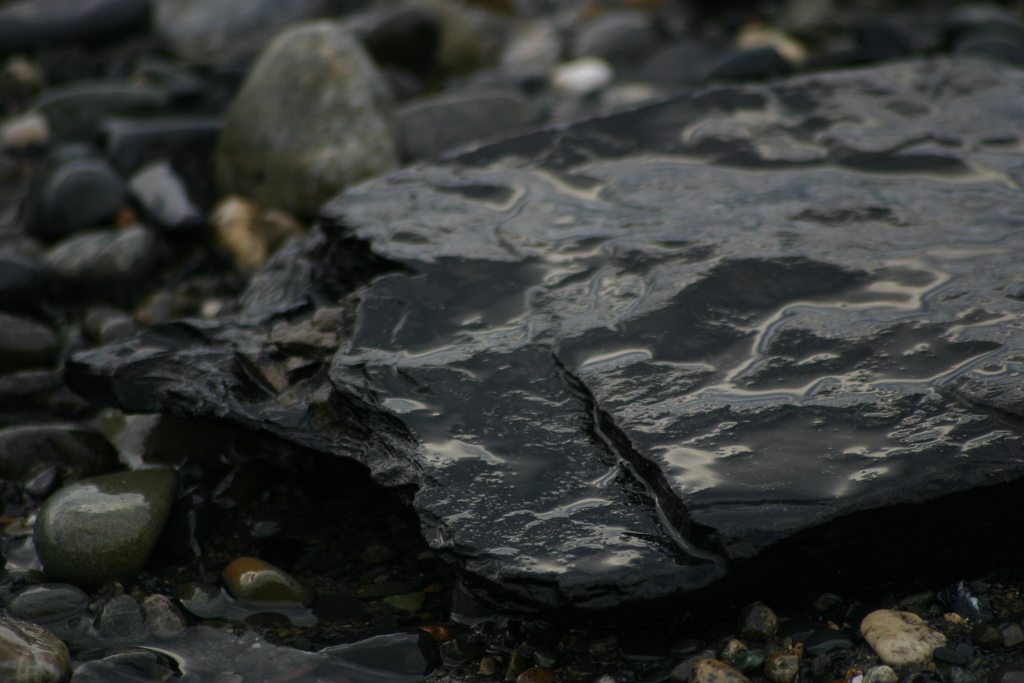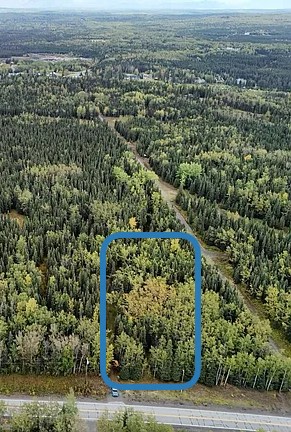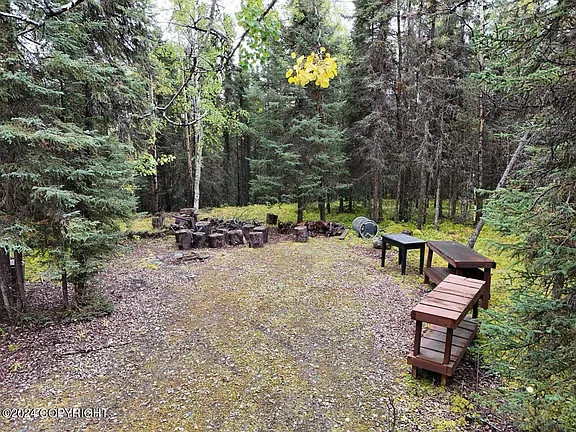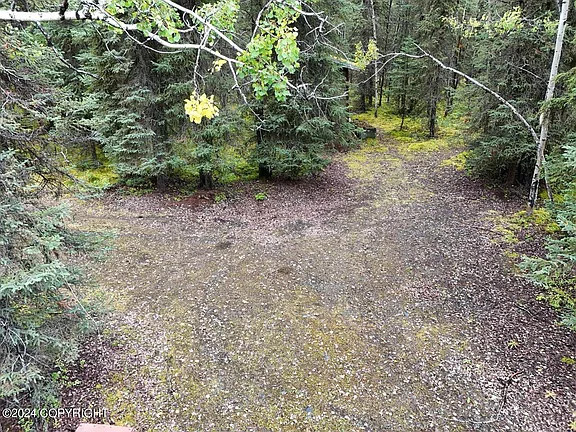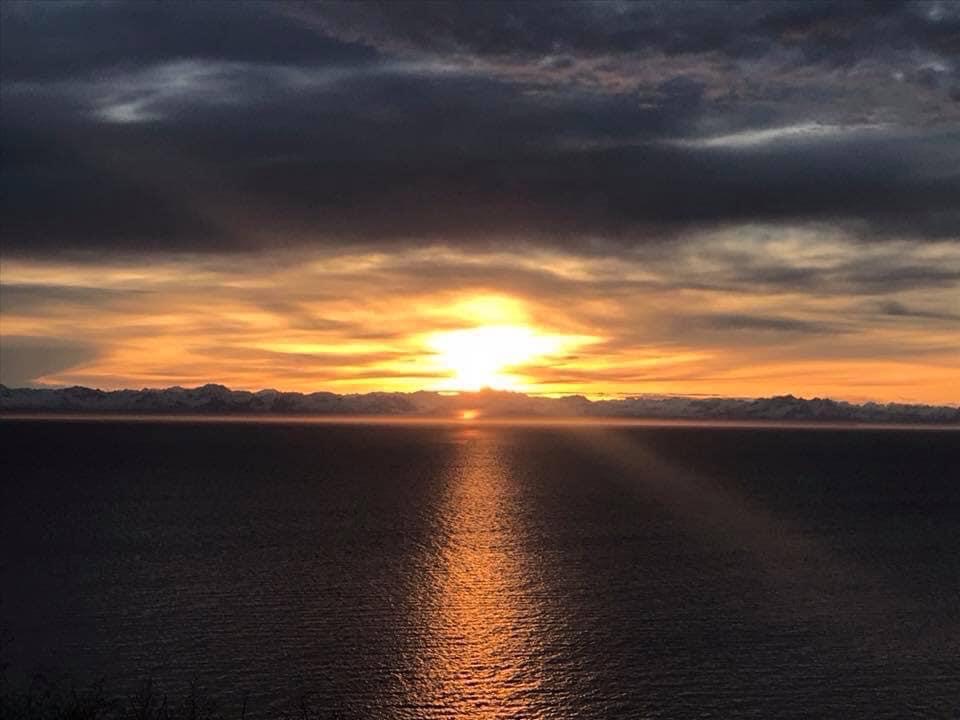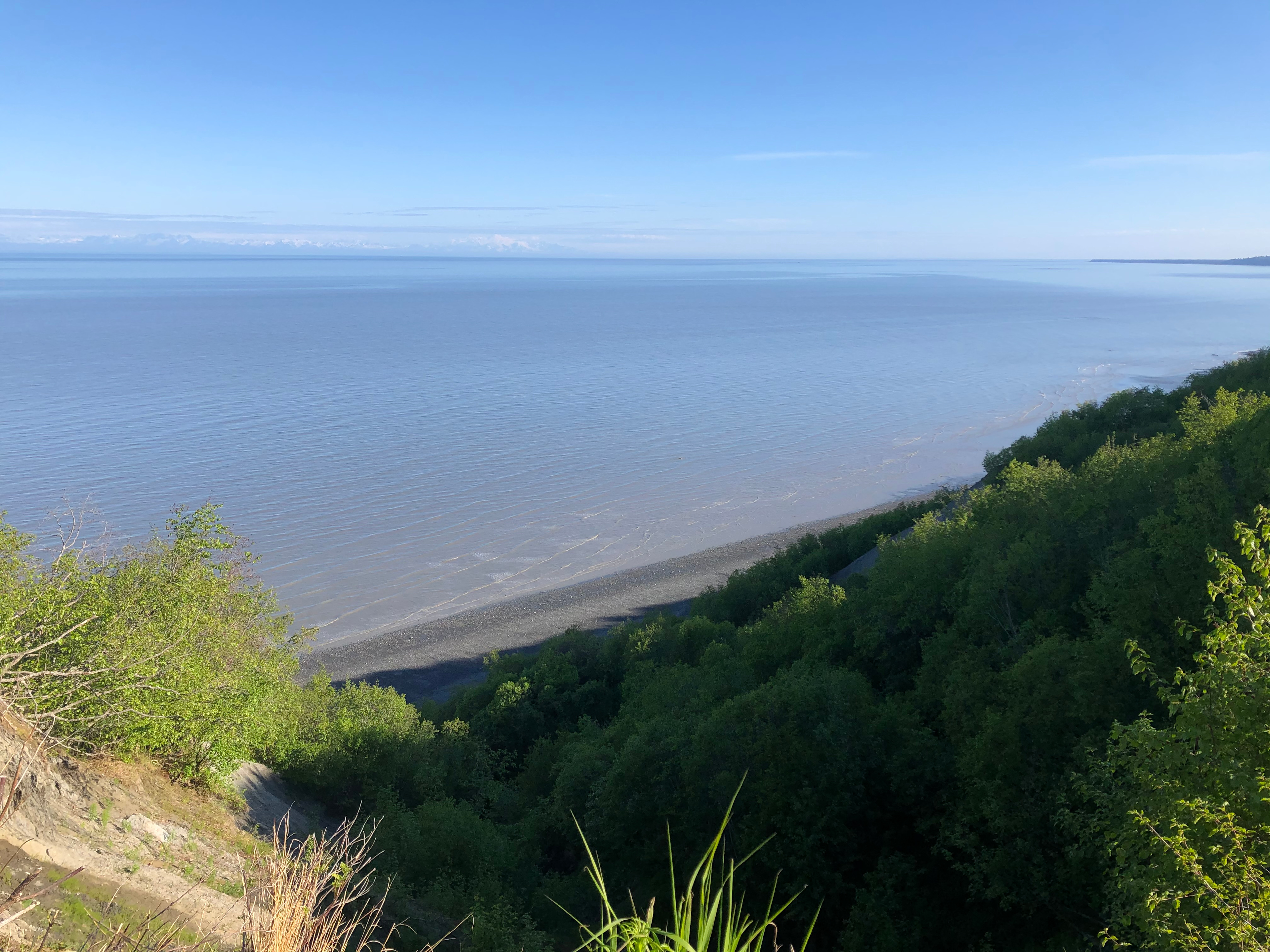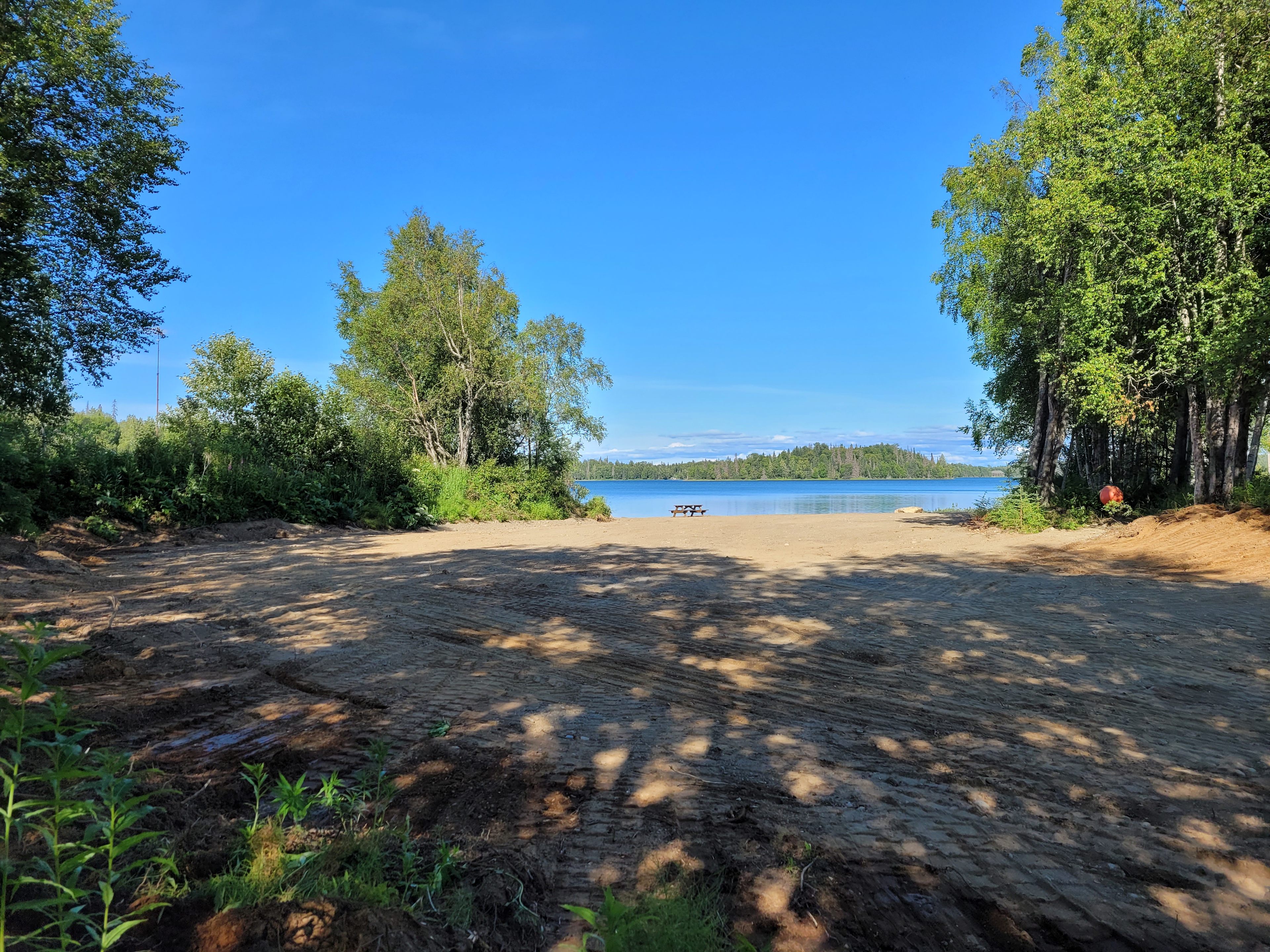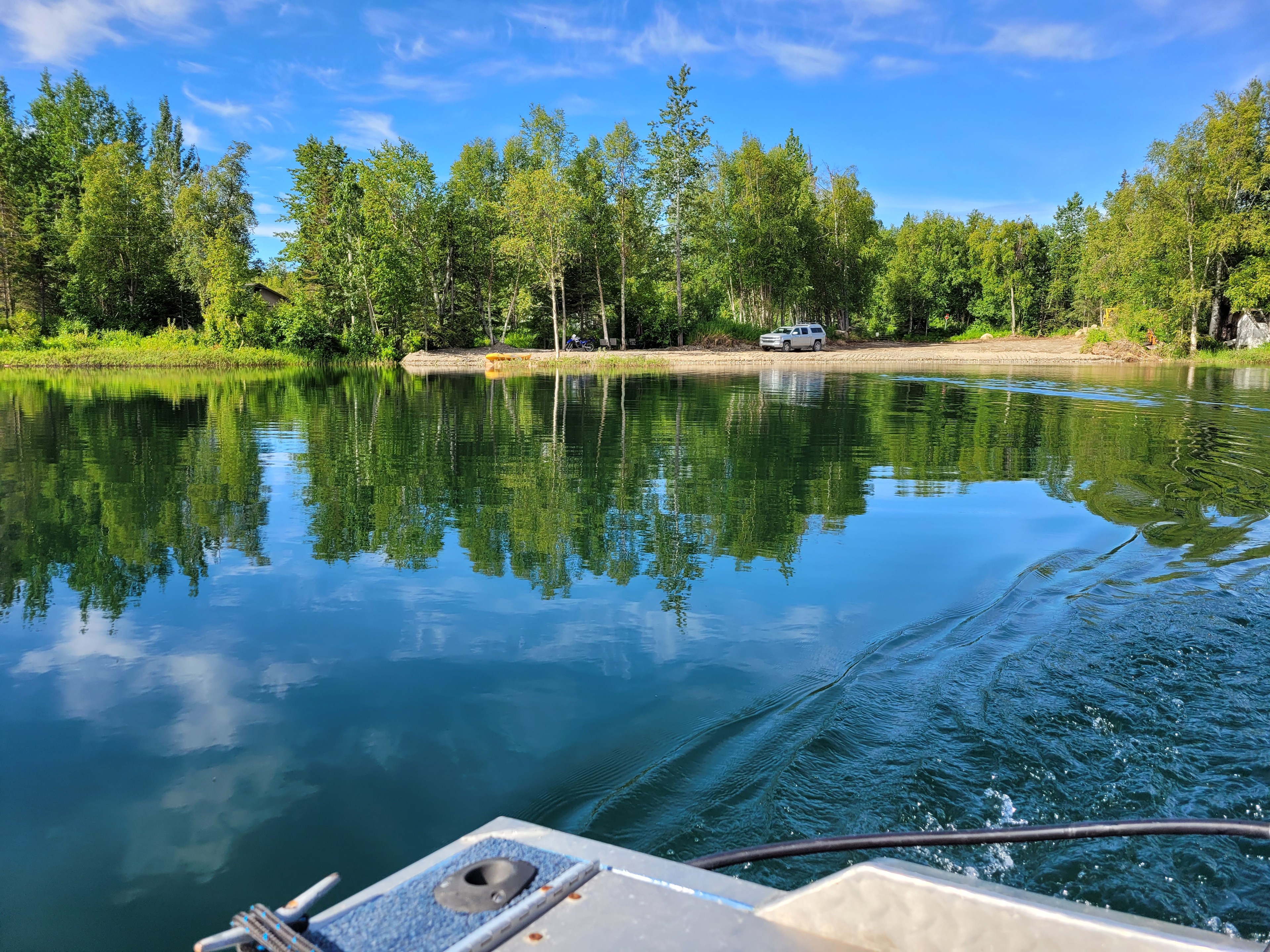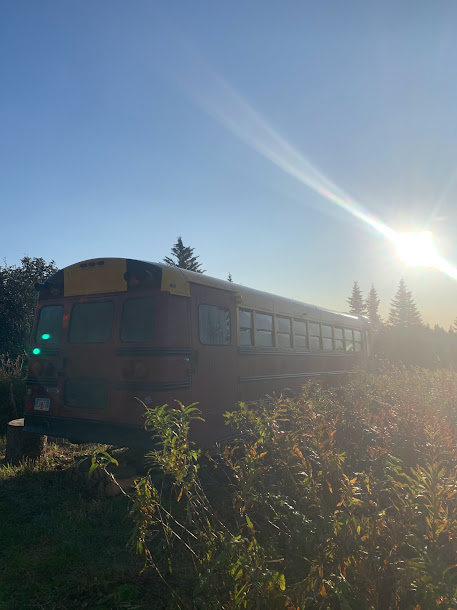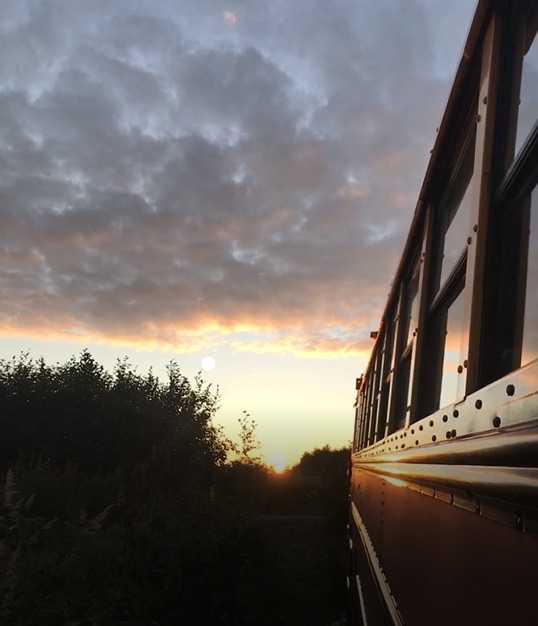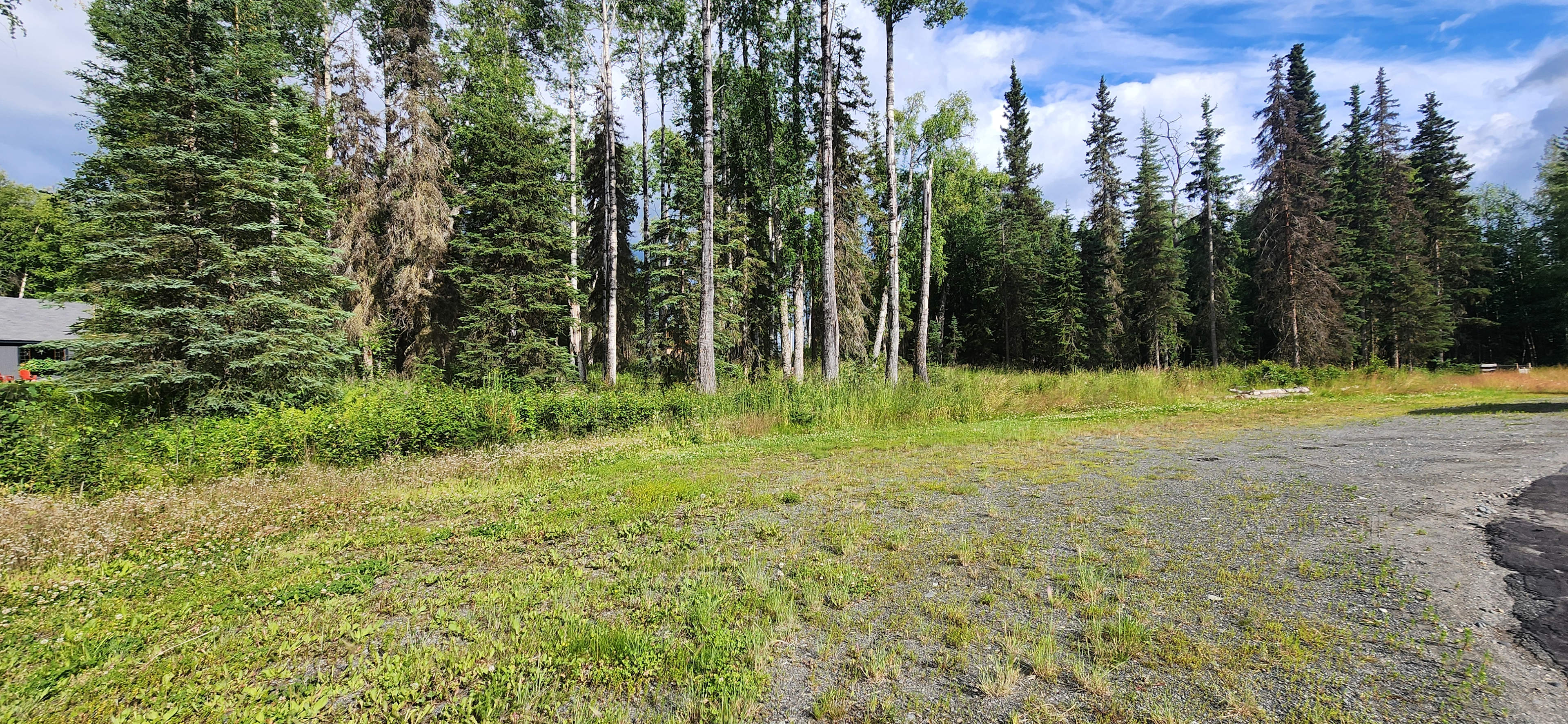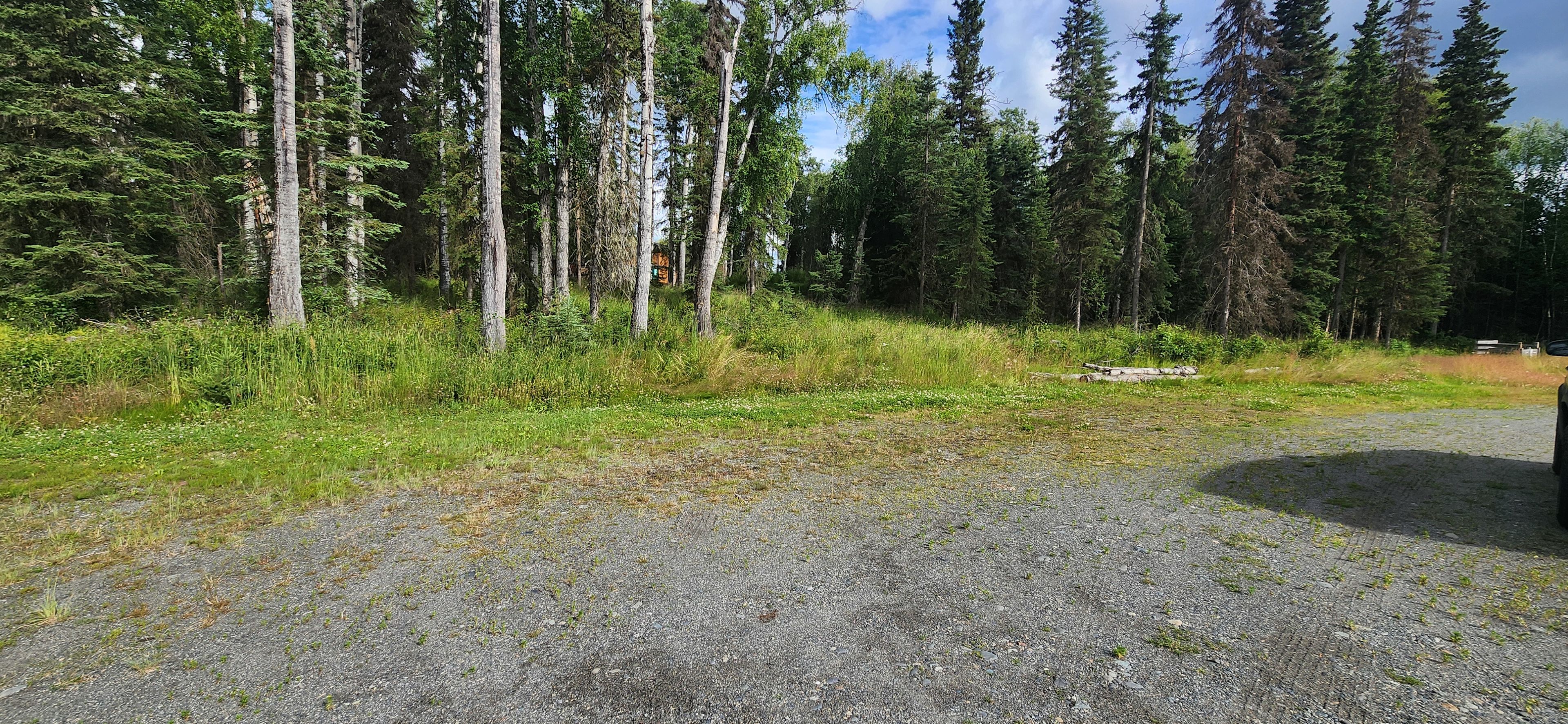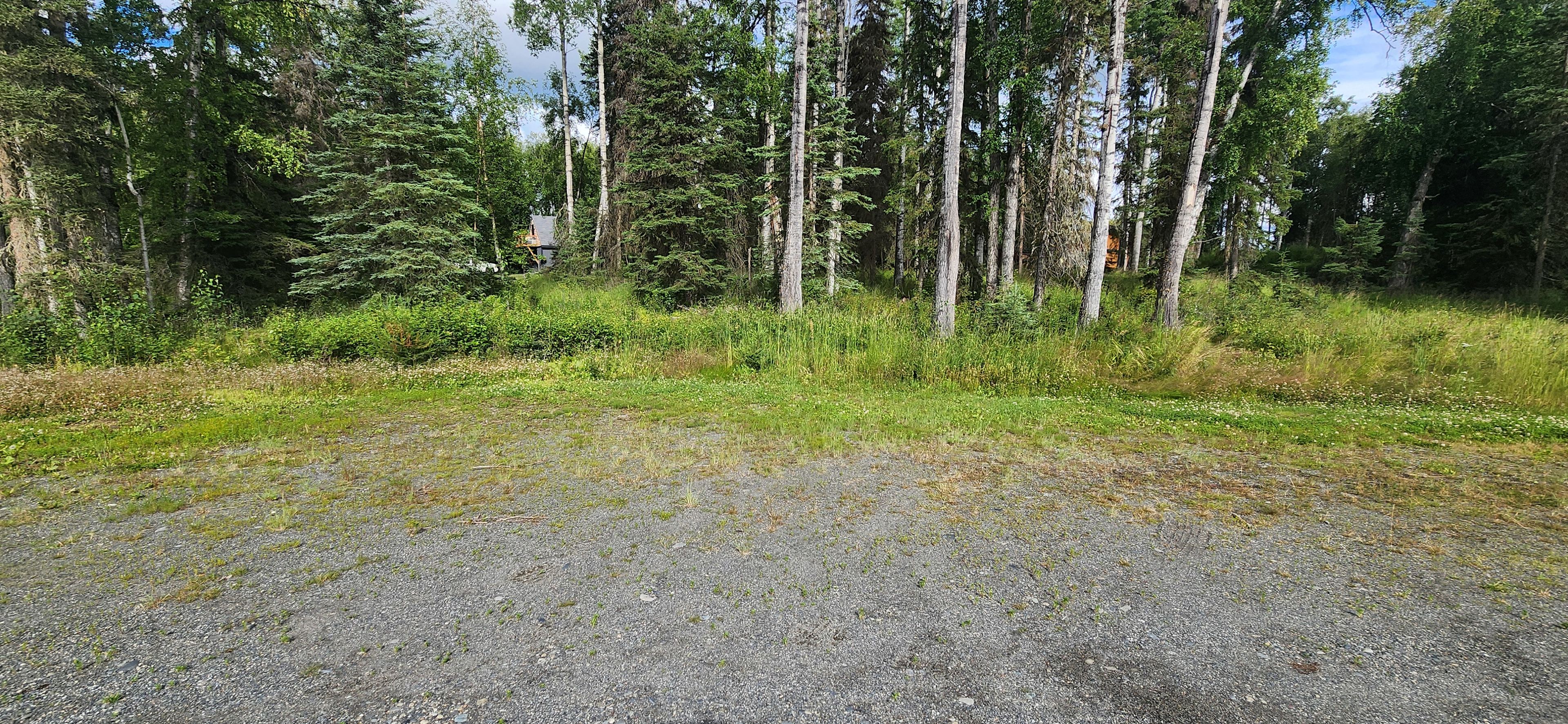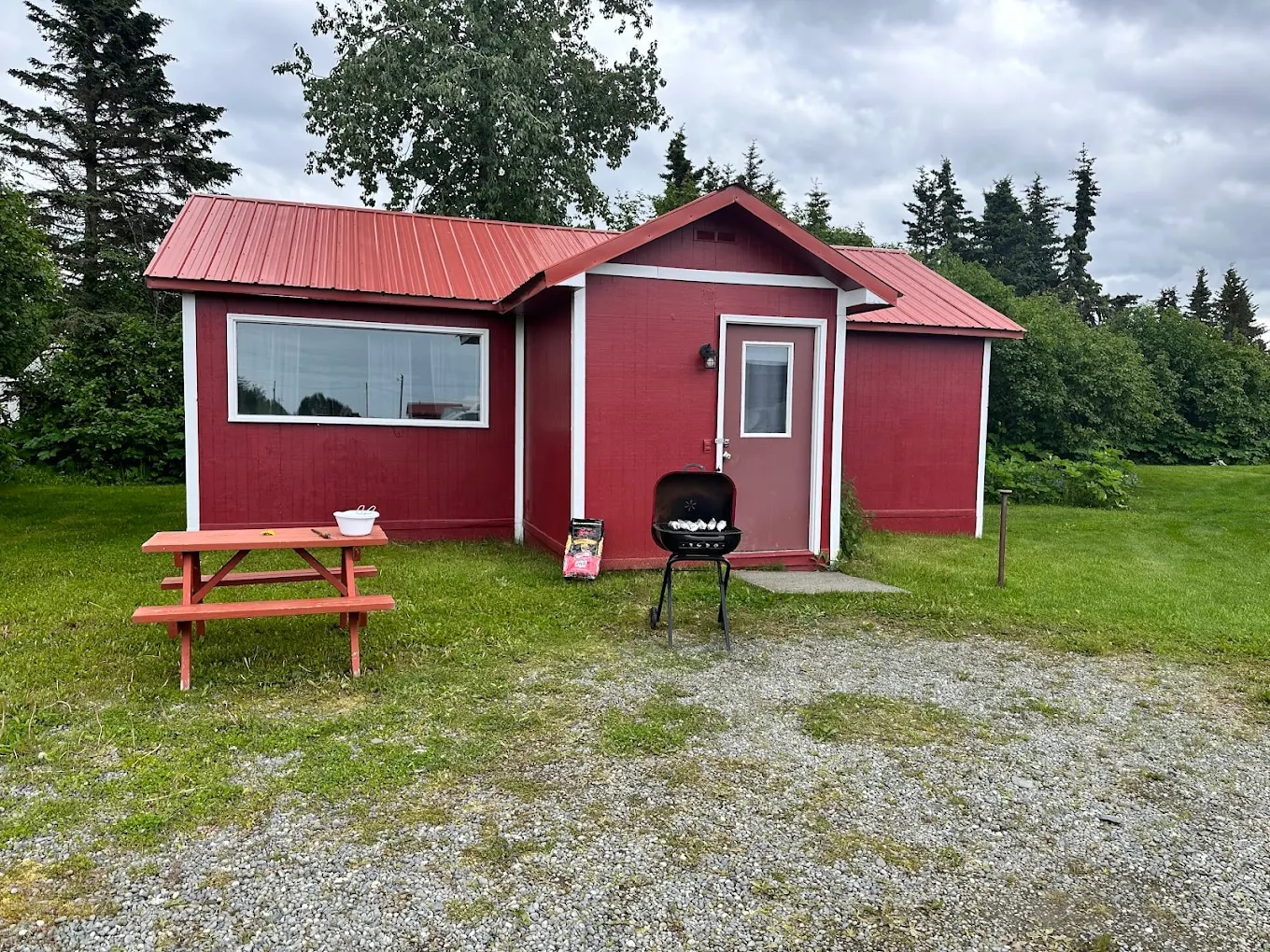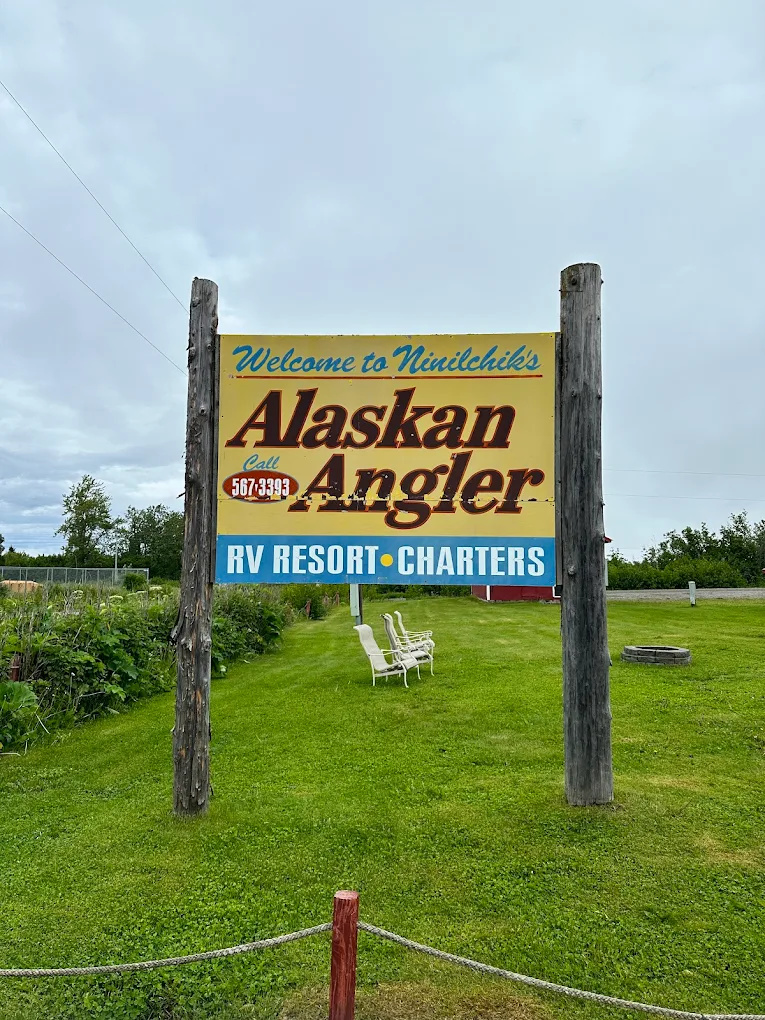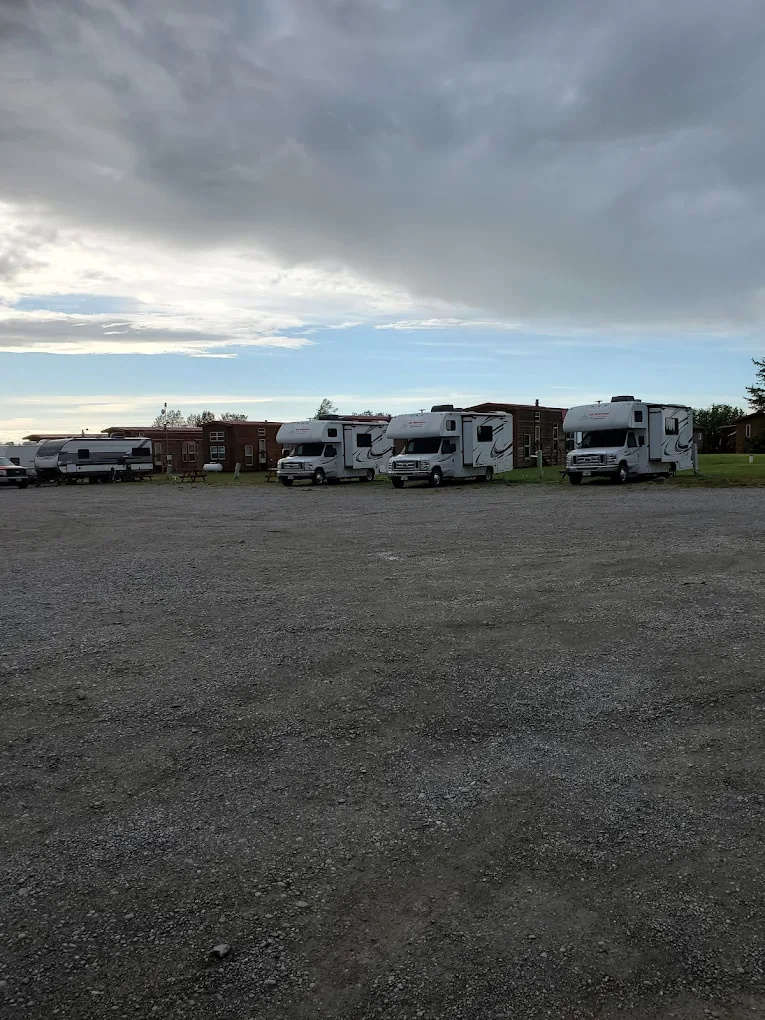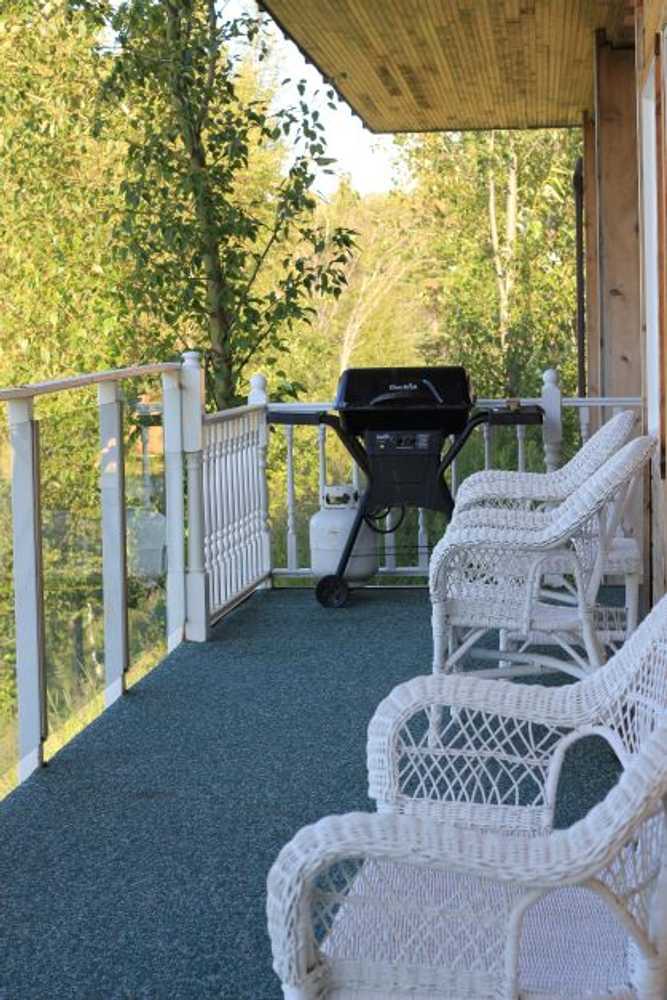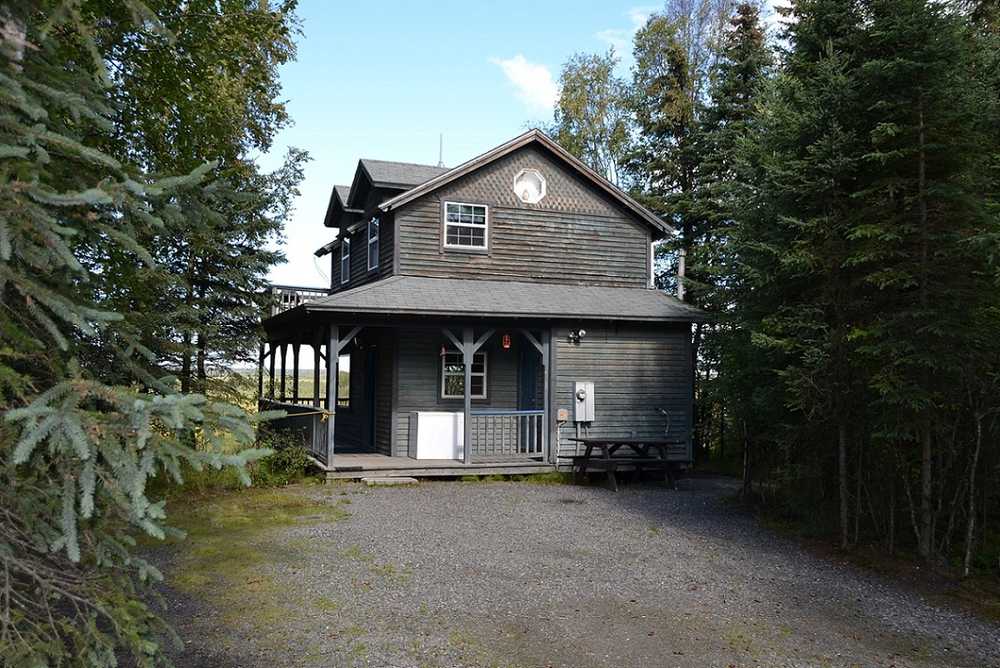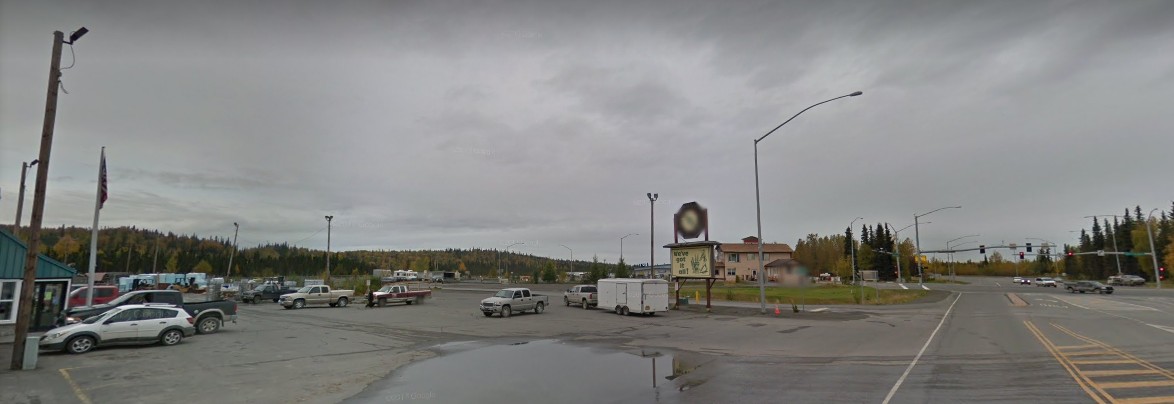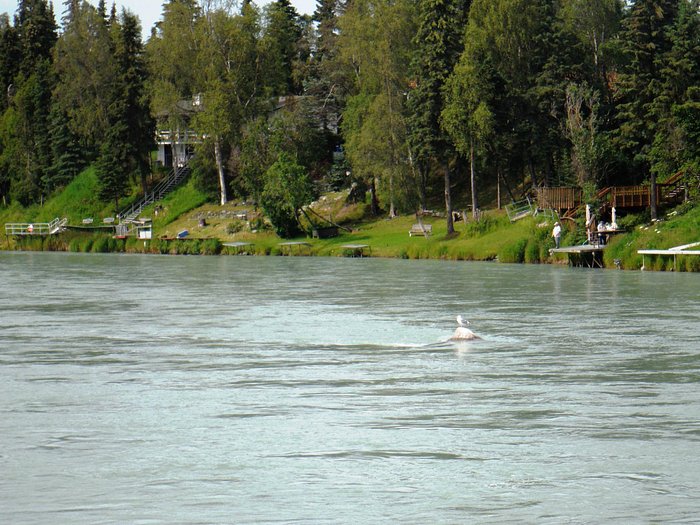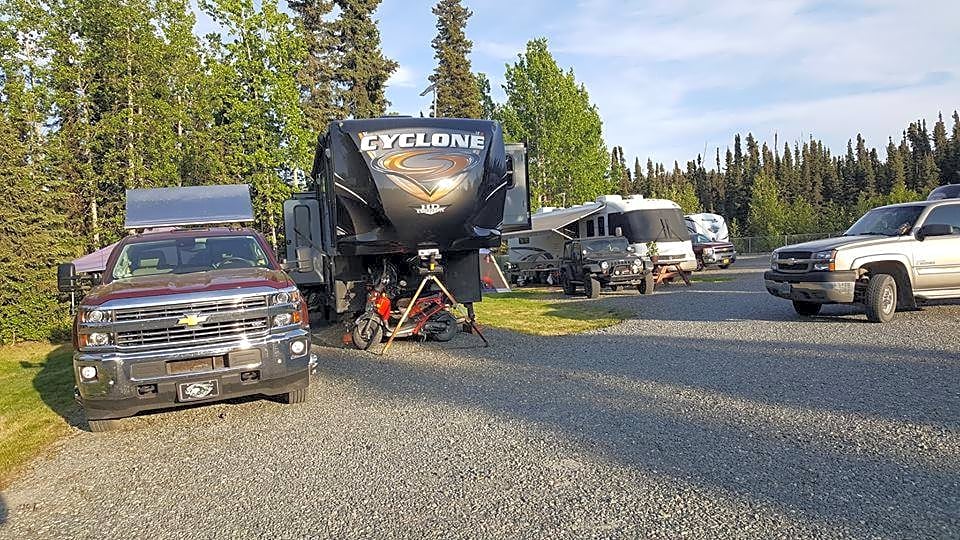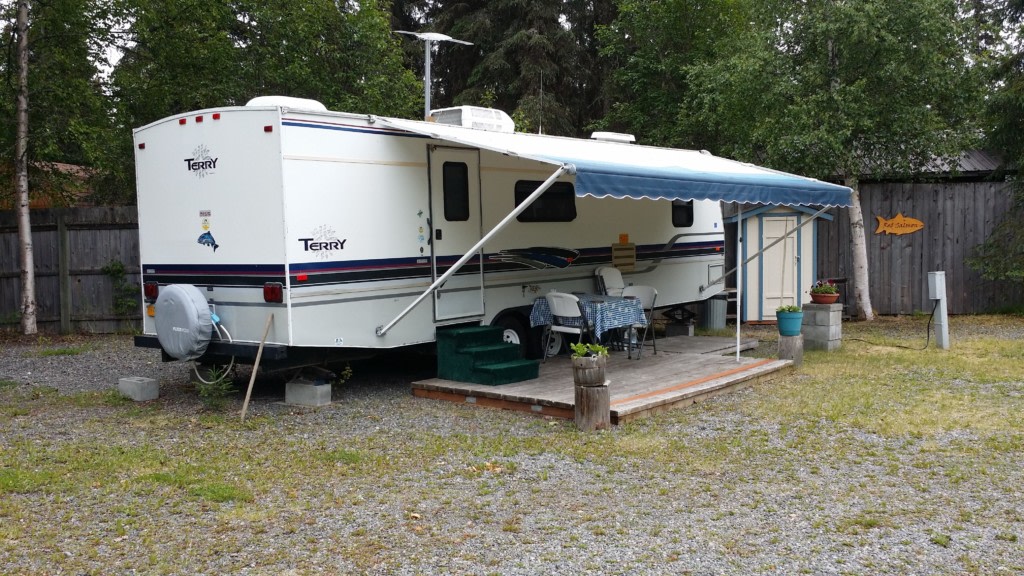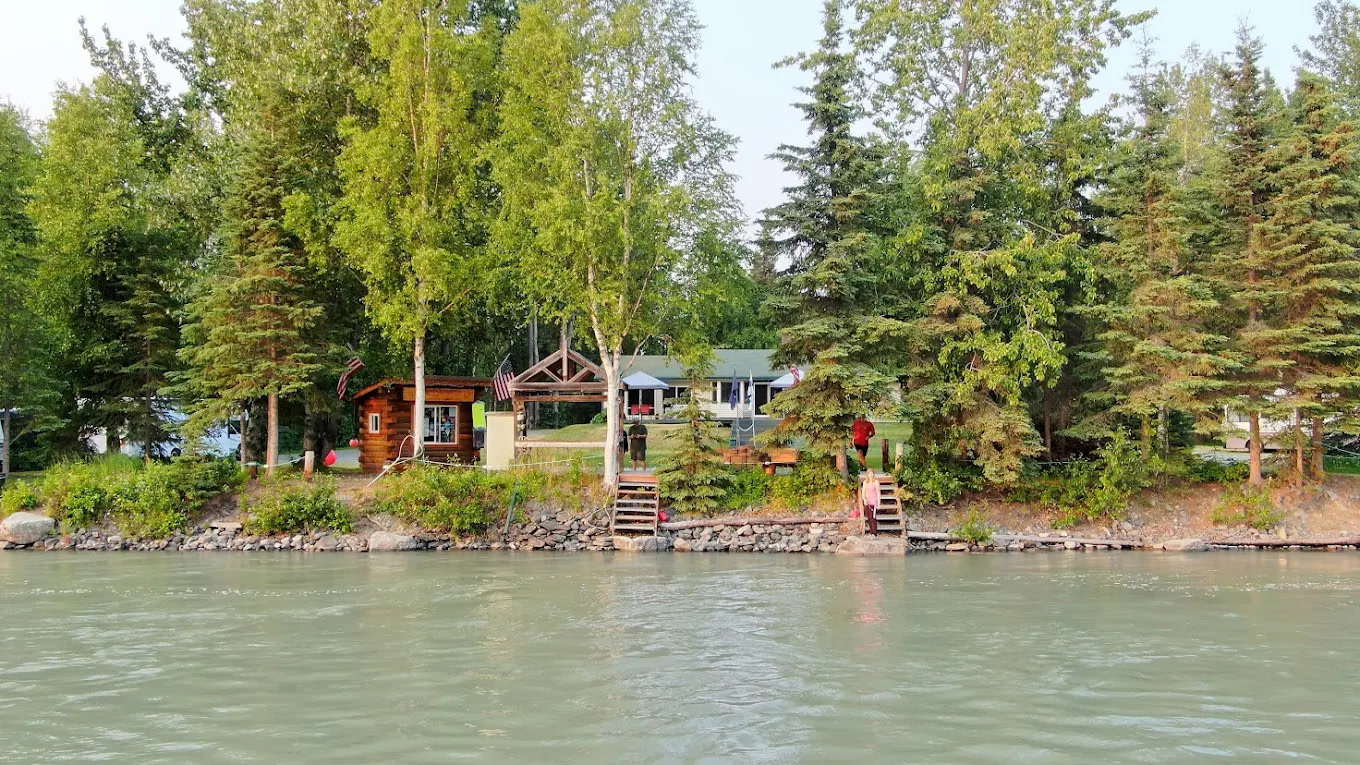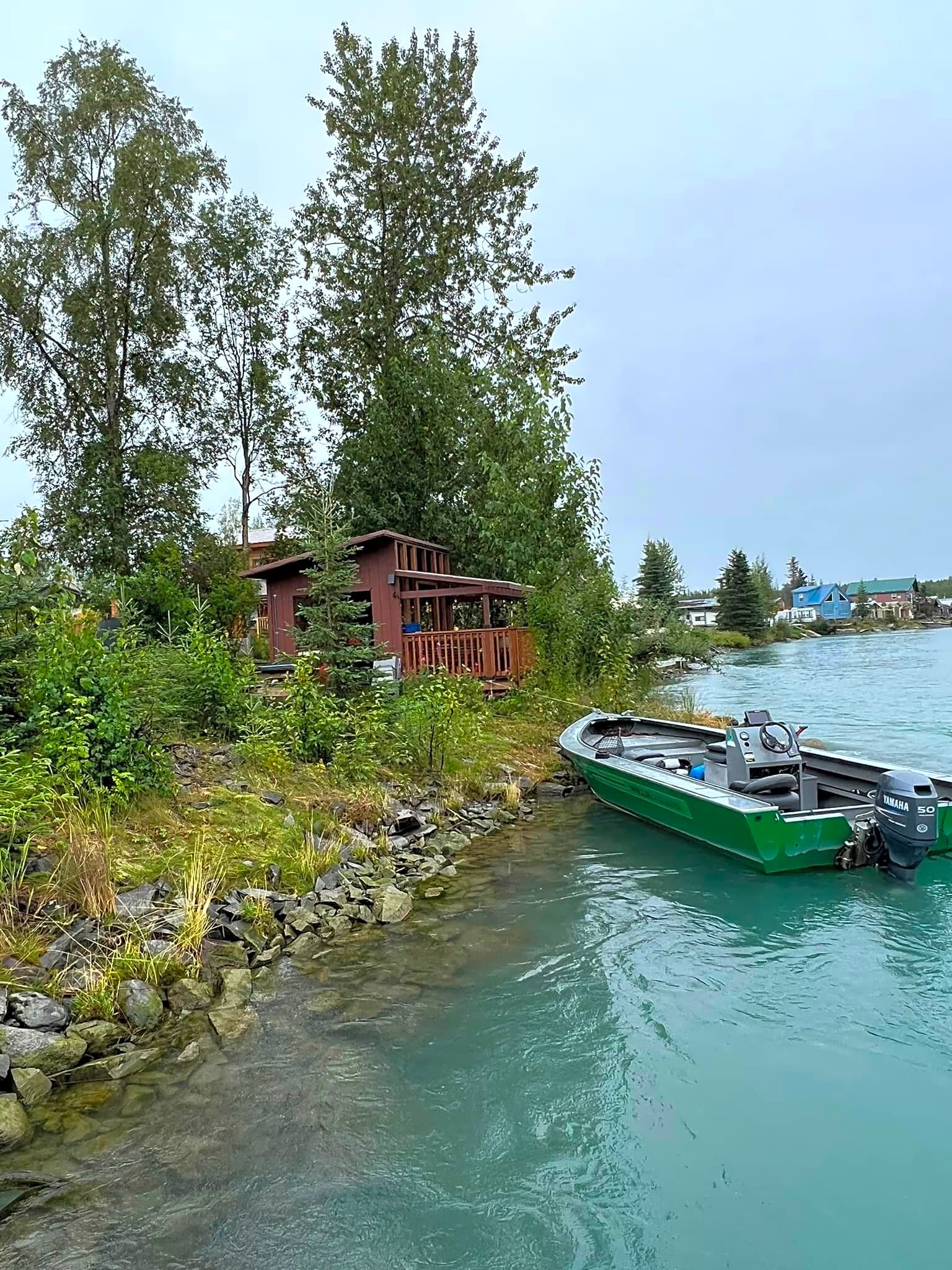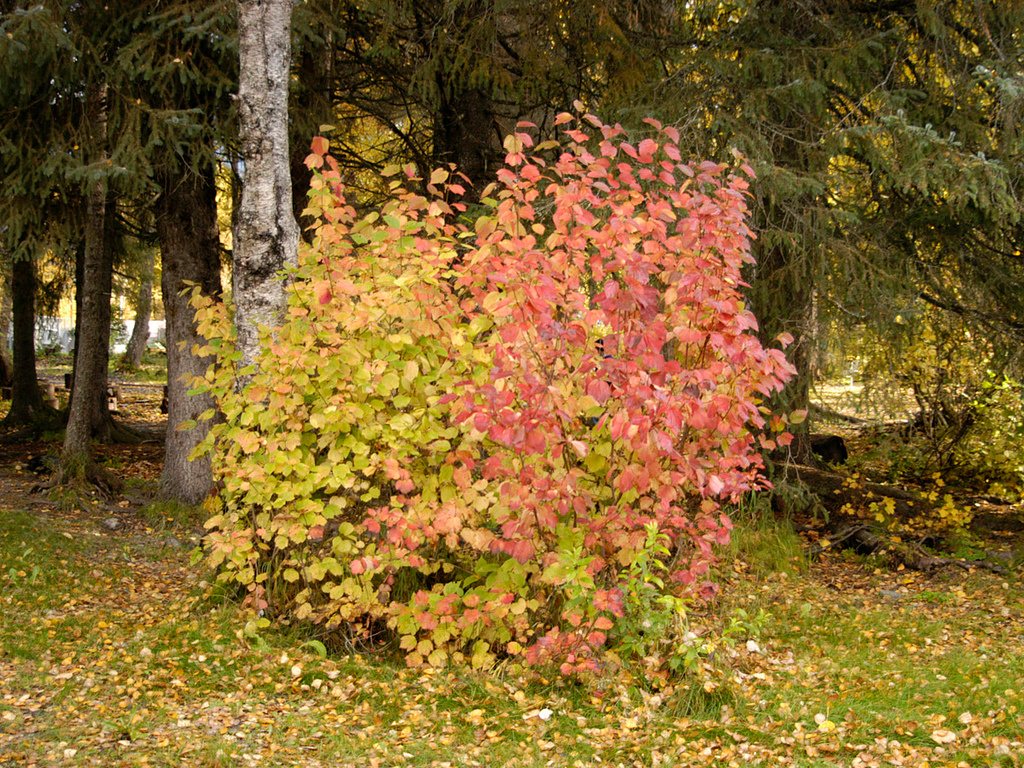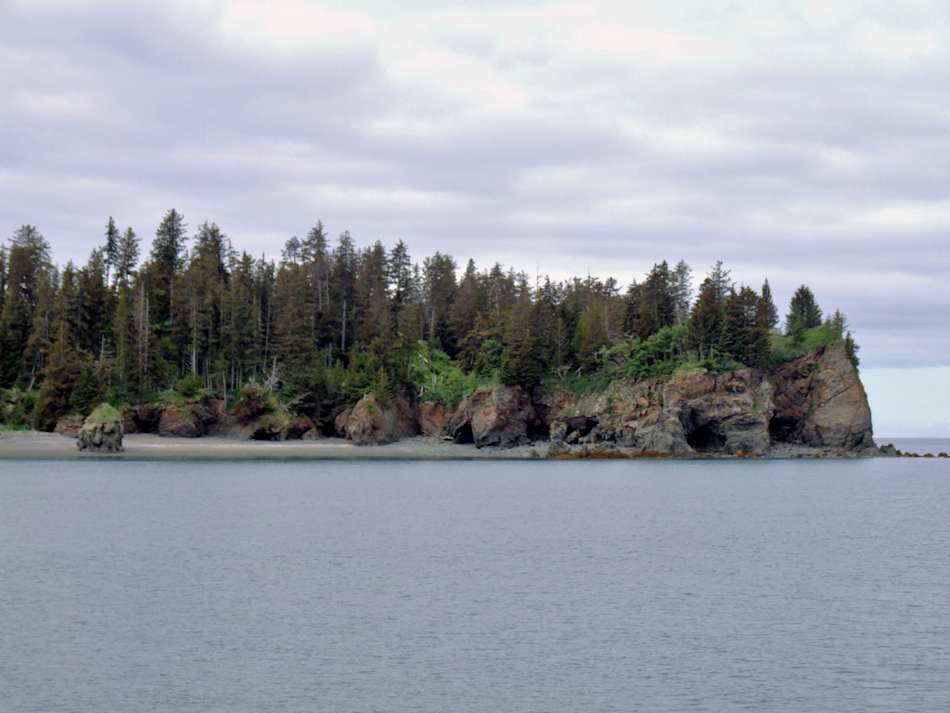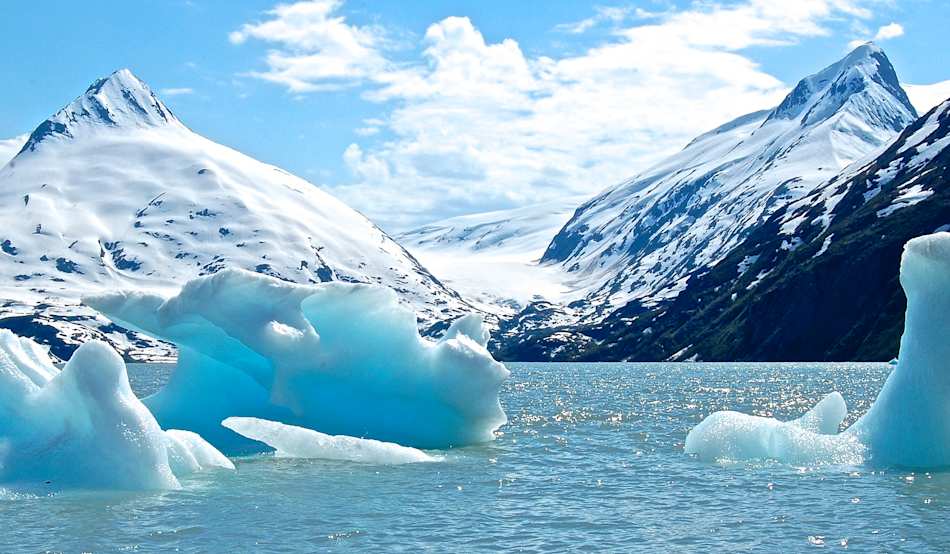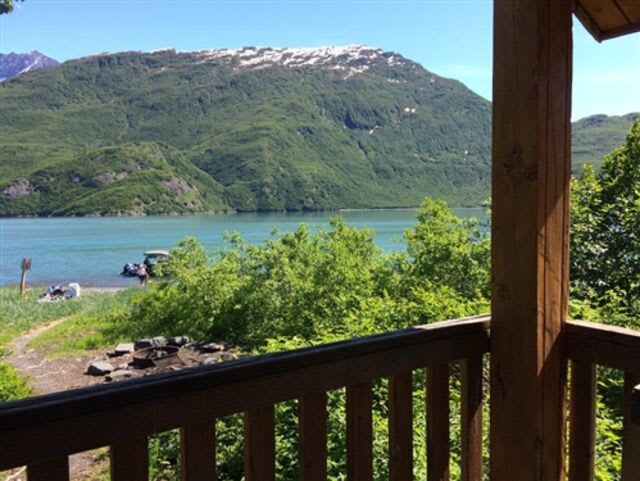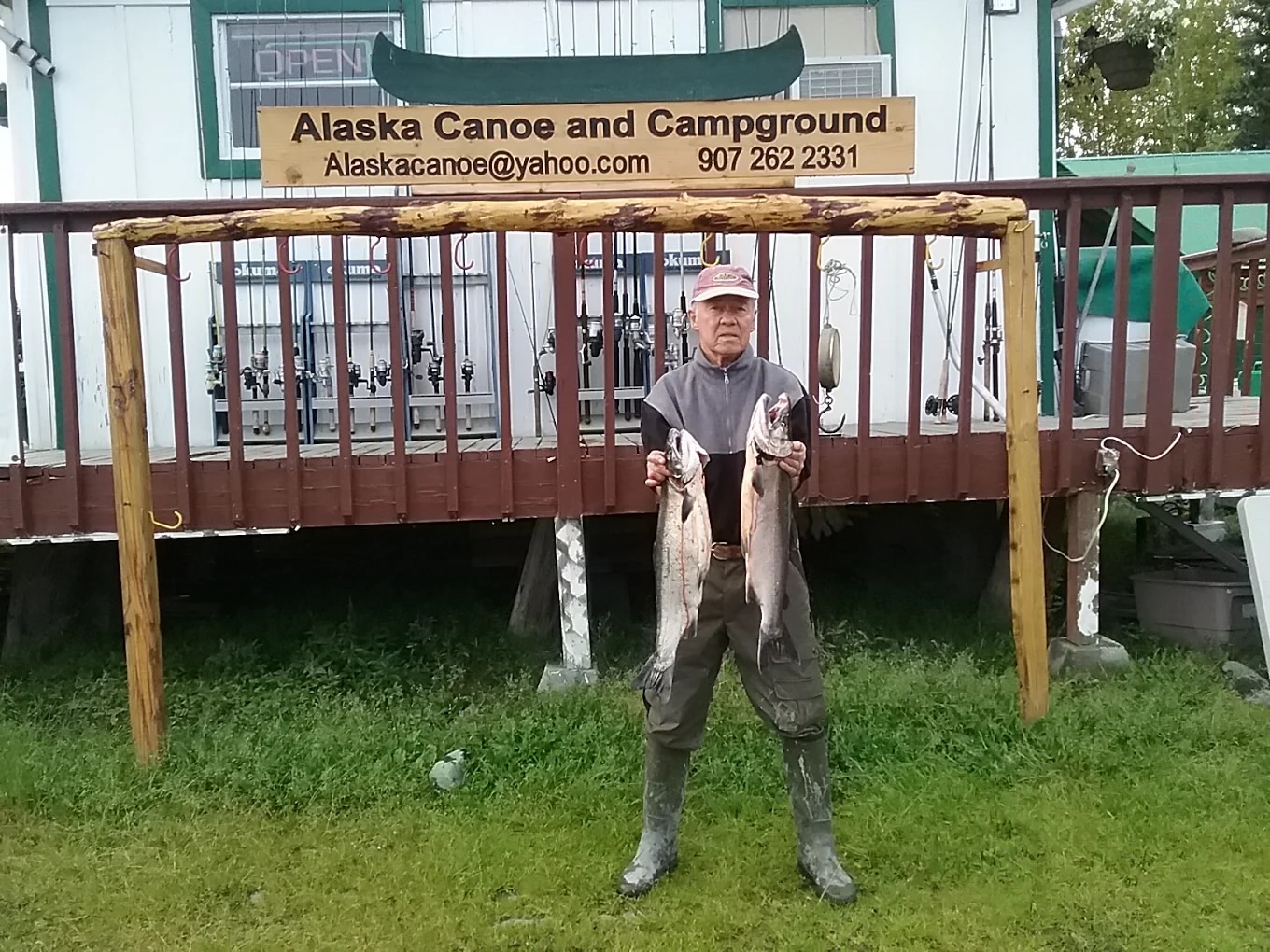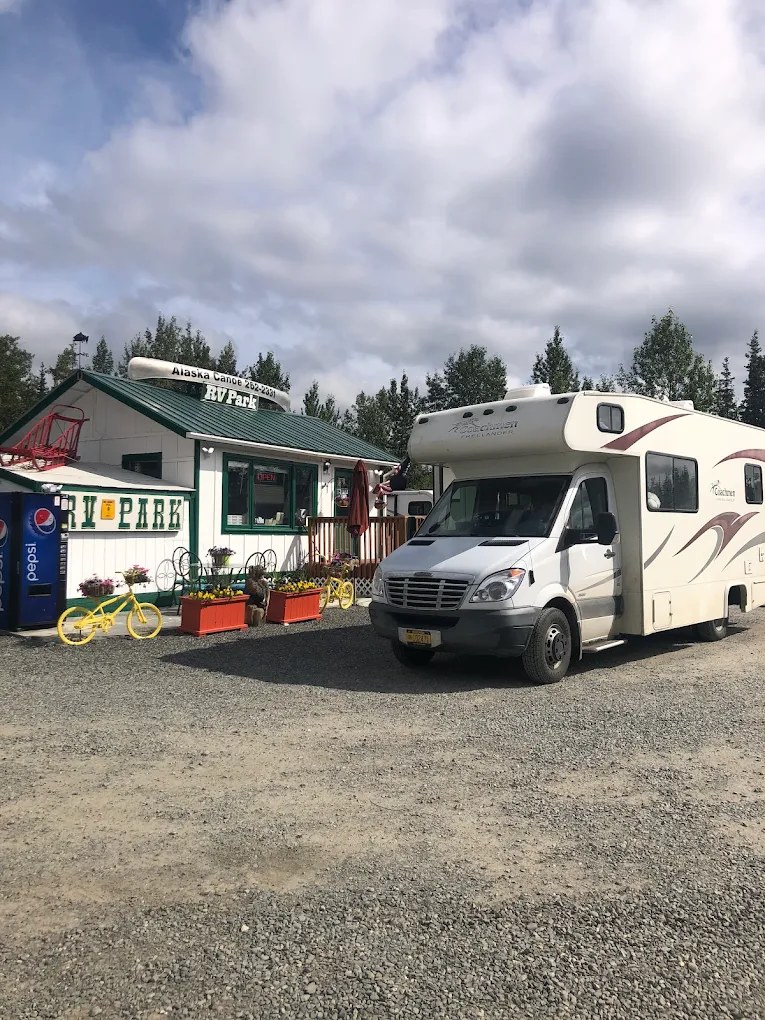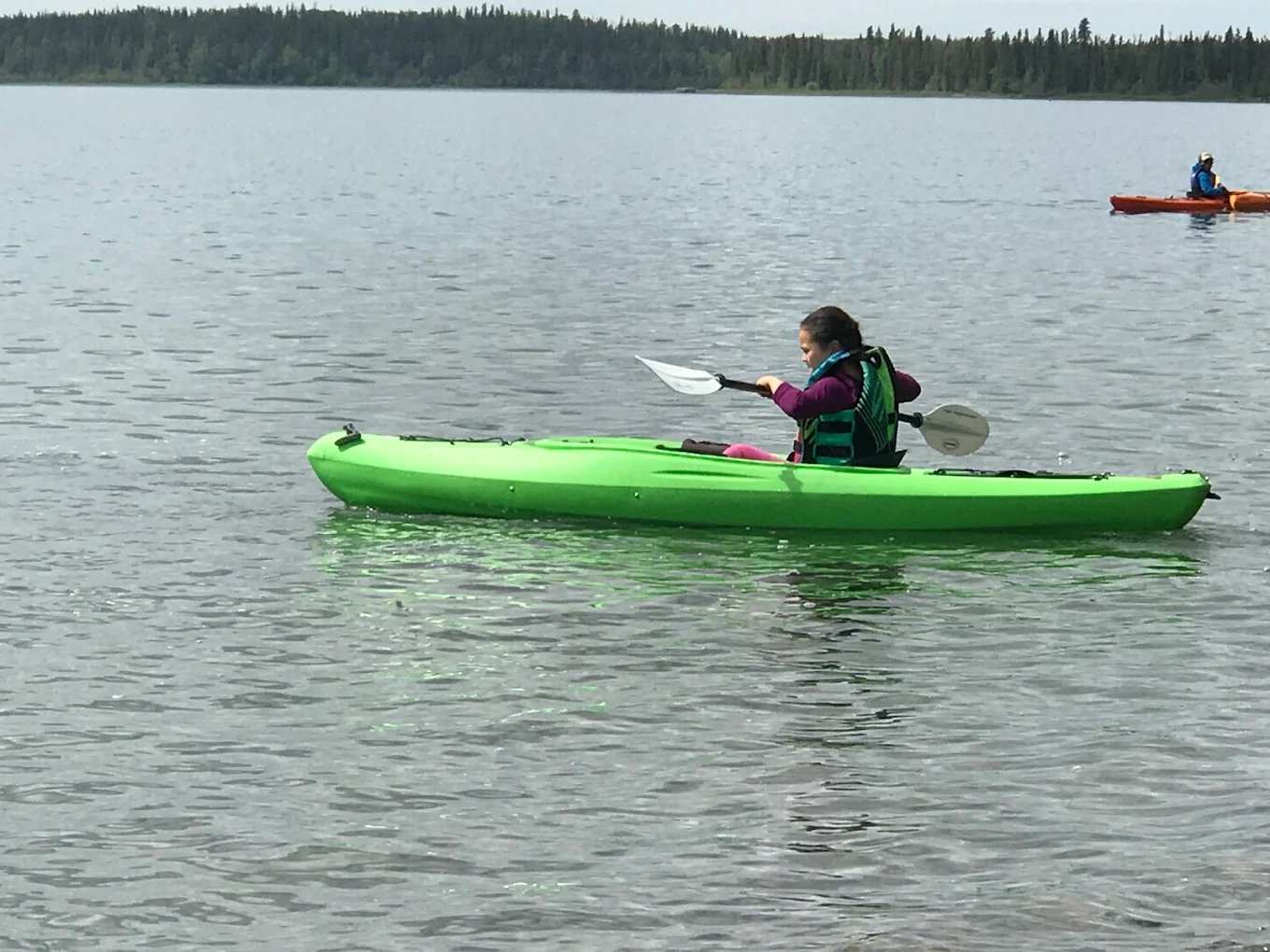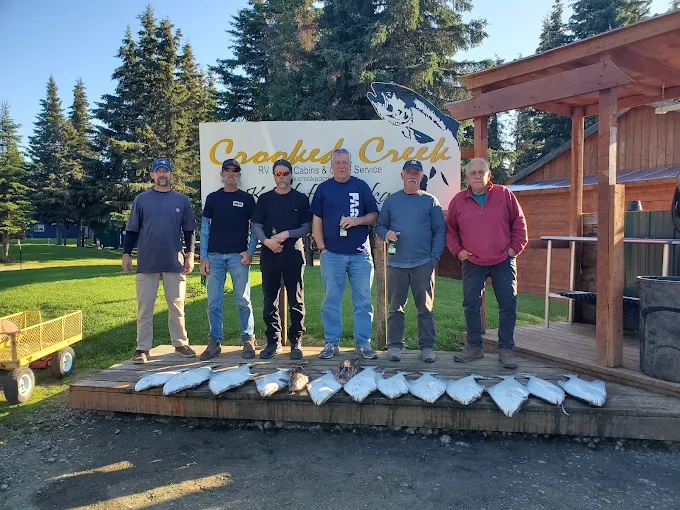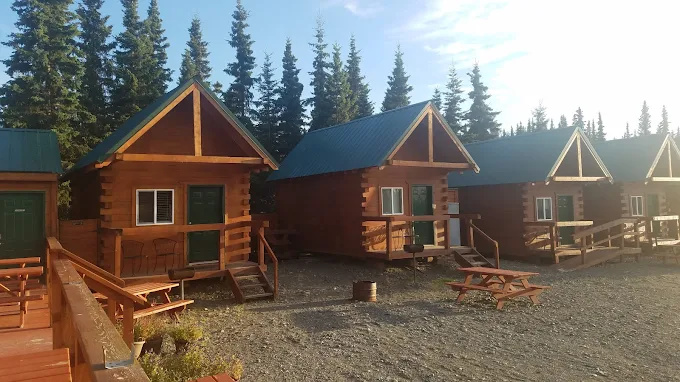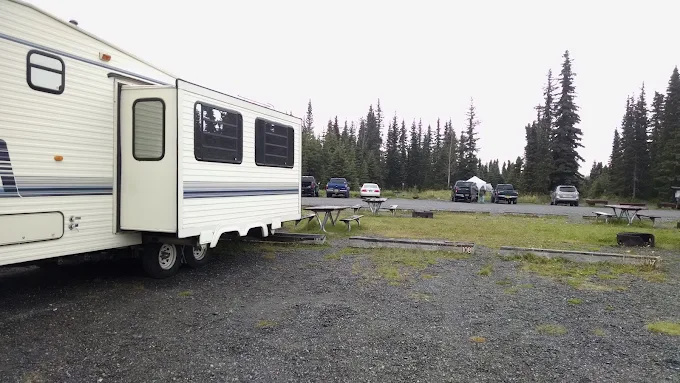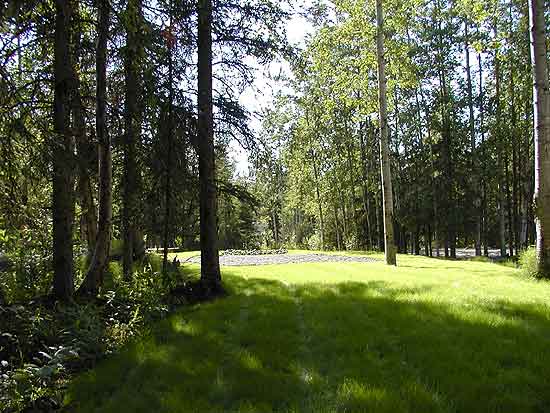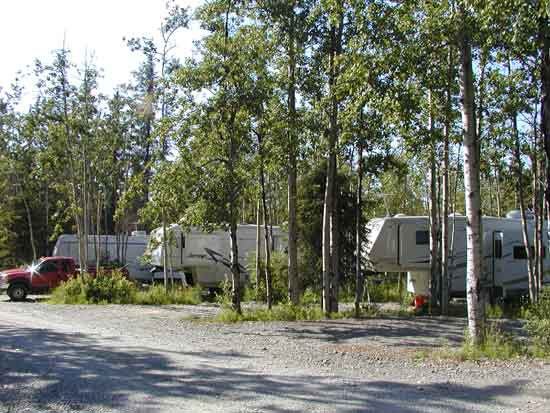98% (86)
Top-rated campgrounds near Kenai
98% (86)
Top-rated campgrounds near Kenai
Camper favorites near Kenai
Top-rated campgrounds reviewed by the Hipcamp community.
Public campgrounds near Kenai
Recent reviews from the Hipcamp community
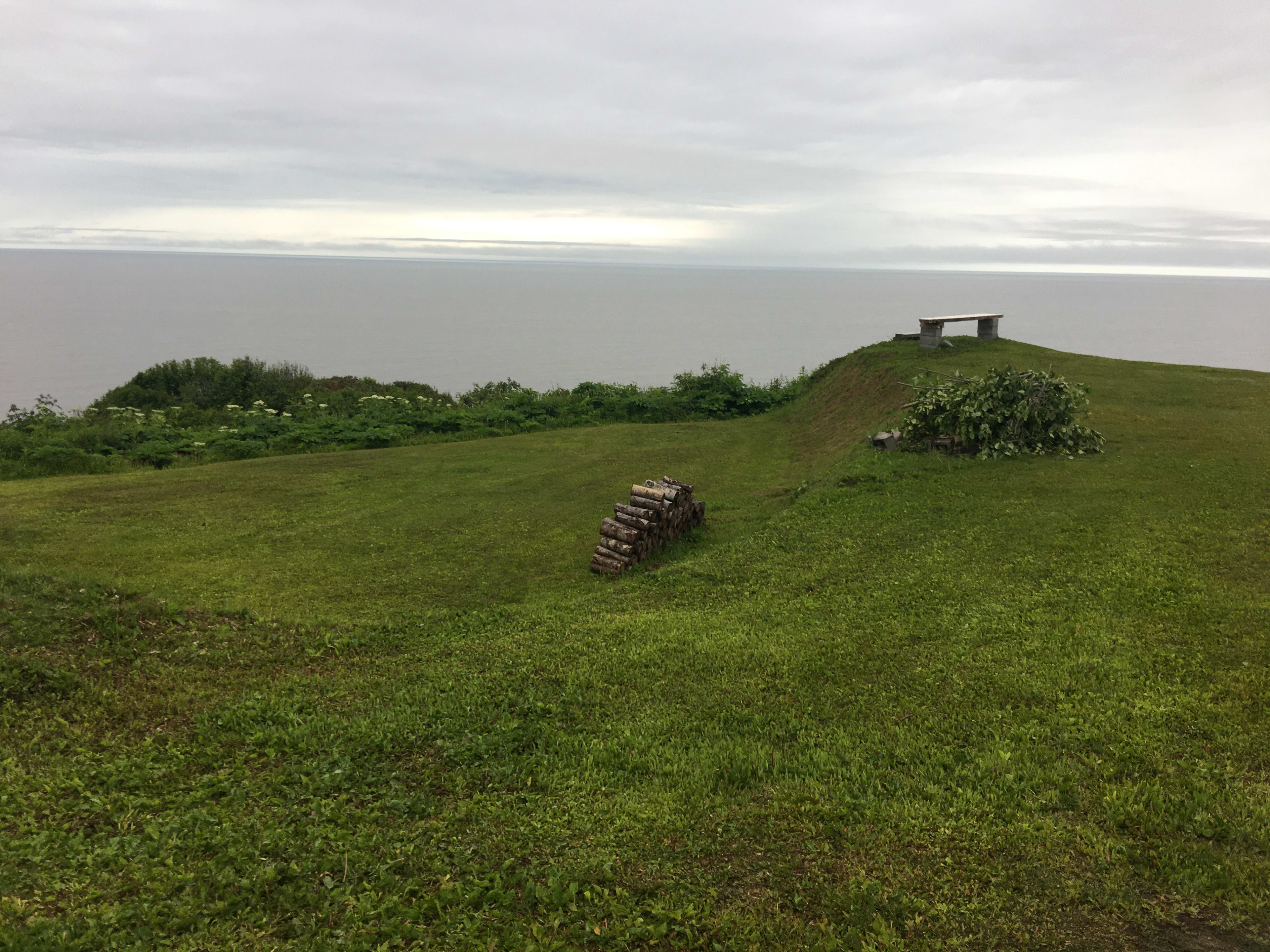
J
Jacob
September 2025
Tent
With kids
Hospitality and views were top notch. Land was very nice and host was incredibly accommodating. Highly recommend.
See more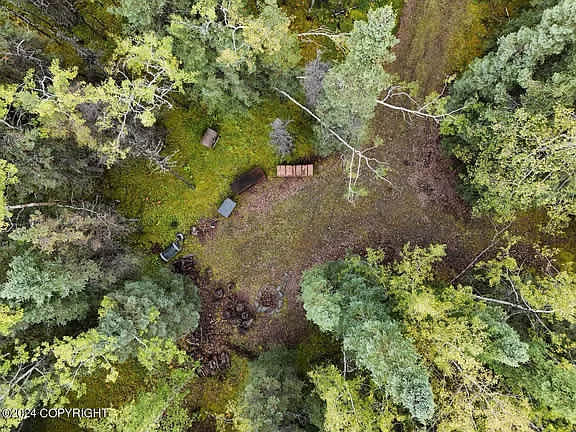
P
Peter
August 2025
Tent
Site was as described. Great location to use as a base camp with a brewery and laundry mat within a mile.
See more
J
Jordan
August 2025
22 ft travel trailer
With pets
Spot was great for our 22ft travel trailer. Nice and quiet, full hookups, and absolutely a great location between Homer and Soldotna for all the fishing opportunities! The host was awesome!
See more
K
Kyle
August 2025
10 ft travel trailer
With kids
Paul’s site is excellent and the view is unmatched. He was a gracious and accommodating host. Highly recommended!
See more
Thompson
August 2025
Tent
The Sweet Spot was amazing! Serena was very communicative and the site was lovely. Would recommend it to anyone looking for a beautiful and quiet spot for the night.
See more
O
Ori-Michael
August 2025
32 ft Class A
With kids
Easy check in system. Great WiFi. Good amenities. Nice to have a coffee and food truck on site. Friendly staff!
See more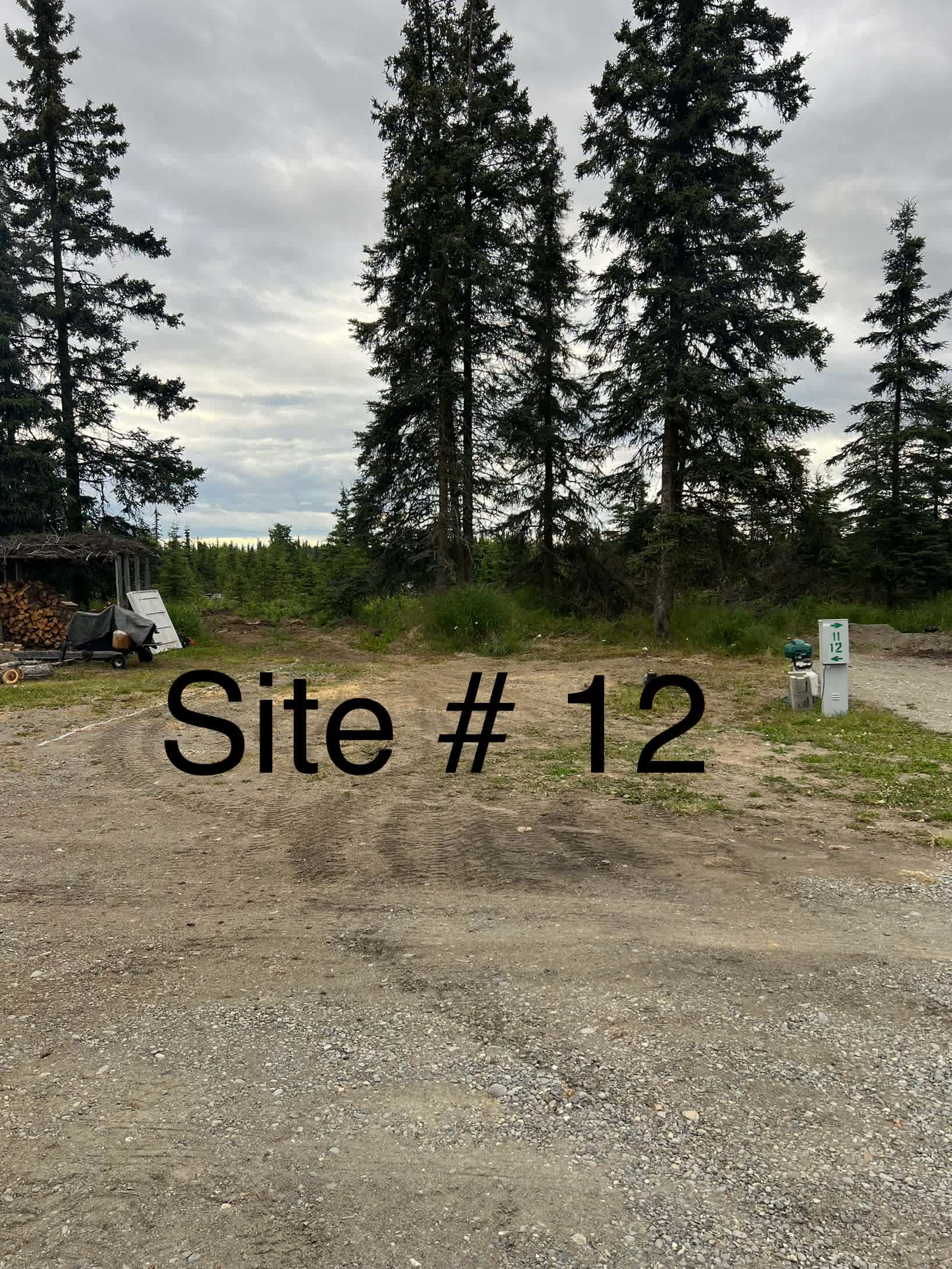
B
Bikky
August 2025
20 ft travel trailer
With kids
Nice full hook up spot in Kenai. They have a place to clean fish, smoke and vacuum fish. The host is very nice and helpful. Would stay here again!
See more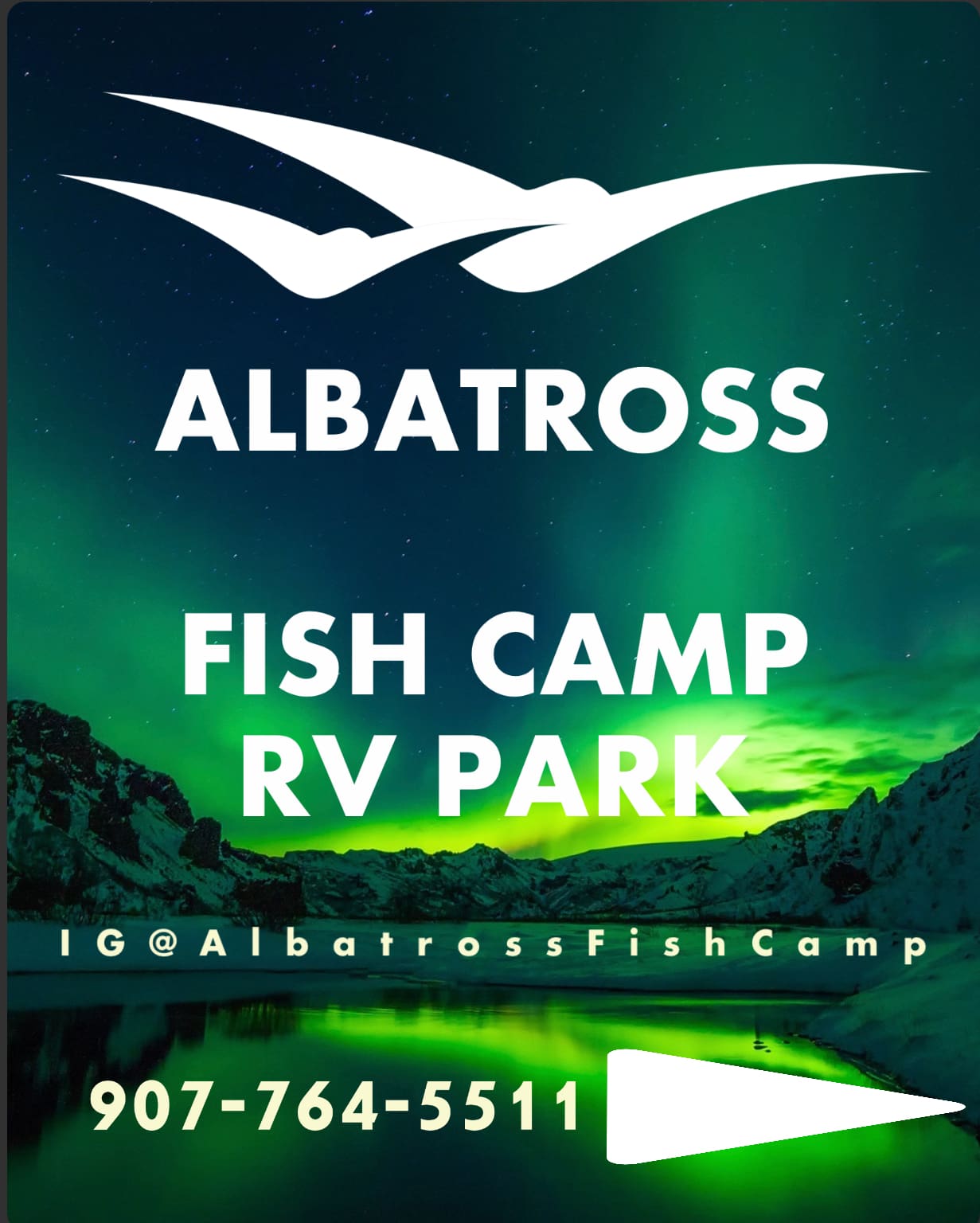
R
Richard
August 2025
25 ft Class C
With pets
Albatross was the perfect place for our dipnetting trip. It is close to the south beach entrance and has fish cleaning stations to process your catch. We stay every year at dipnetting time.
See more
K
Katie
August 2025
Tent
This was a lovely tent site - accurate description. Very clean bathrooms/showers, and a nice community area.
See more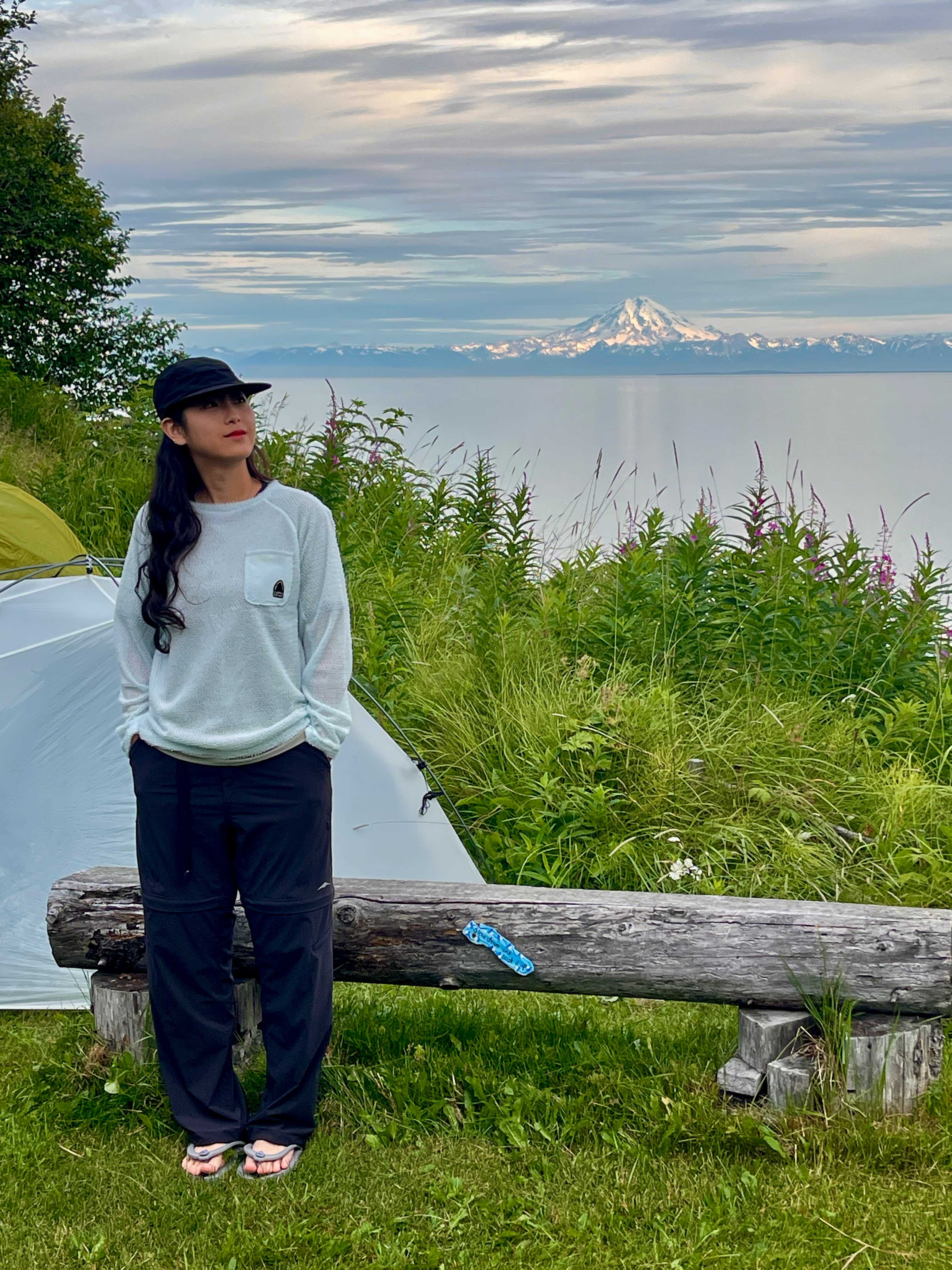
R
Rick
July 2025
Tent
Group trip
Serena was a super host! The campsite was as advertised, but when we got there we noticed that the Meadows site better fit our needs than the Sweet Spot and was unoccupied at the time. Serena was quick to our request to change sites and generous in accommodating our request. She also helped us with an unexpected supply shortage and saved us a long trip to the closest store. The site itself is lovely, very quiet and right next to shore so it gave us a beautiful sunrise view of Mt. Redoubt. With Serena's assistance we had a great and memorable stay!
See more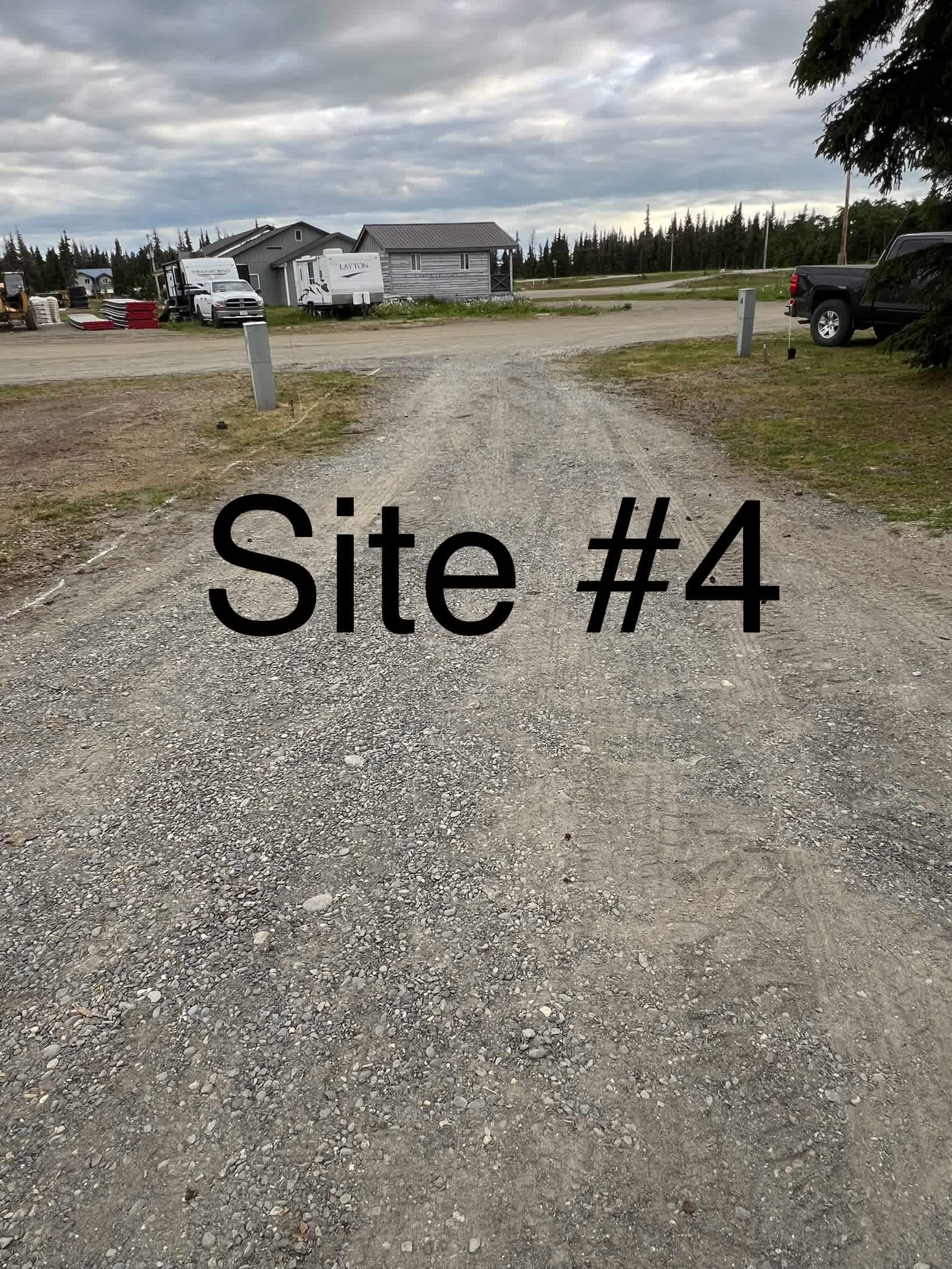
K
Kim
July 2025
32 ft Class A
Group trip
The owner Jonathan was very accommodating. The area was not like a campground and more like an RV parking camp. Great hook-ups for power, water and sewer. The shower and laundry facilities were having an issue but the camp host Terry made up for it. I thought it was a bit expensive for the lack of wilderness around it but you can smoke, can and process your fish all in the communal. The camp host can show you how if you are not experienced in process your goods already.
We will definitely stay there again if we get a discount! The area was perfect for fishing the Kenai.
See more
Tamara
July 2025
Tent
Albatross Fish Camp is really close to the Kenai and the Kasilof rivers so super conveniently located! It’s easy to get to and the people are so friendly. There is room to clean your fish and they have bags and a vacuum sealer for a fee as well as freezer space. There is always a fire going at night and people telling their share of fish stories. The cabins are cute and simple with most everything you need. I love the low maintenance vibe and look forward to many more visits!
See more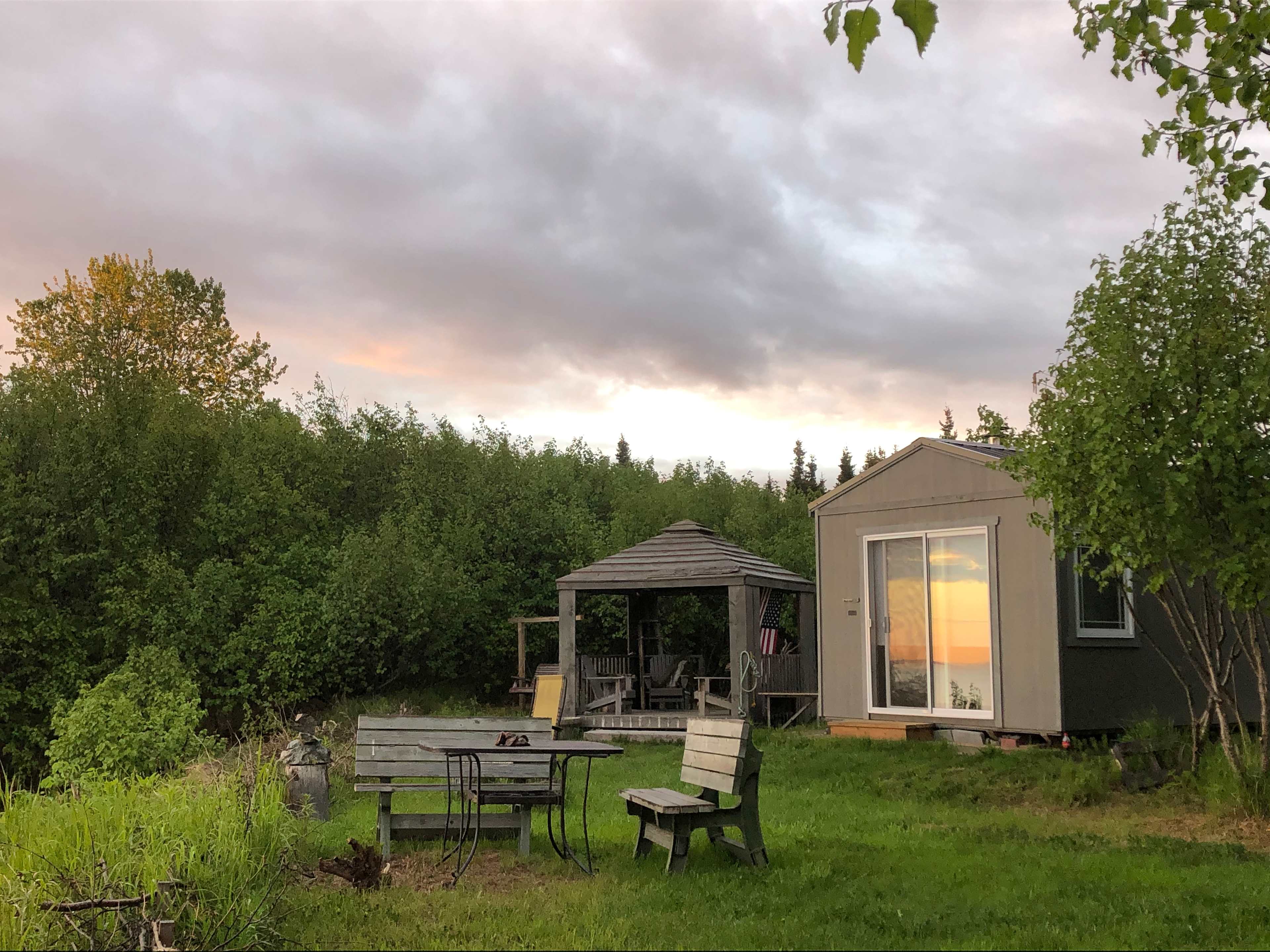
G
Gaven
July 2025
1 night at The Bluff Cabin at Clam Gulch
Amazing place to stay. Highly recommended to anyone looking for a quiet, peaceful spot along the coast.
See more
J
Justin
July 2025
Tent
With pets
Great spot that's close enough to the highway to be convenient but far enough to be quiet and private. Kids loved exploring the forest. And it's just a short drive or bicycle ride to river access.
See more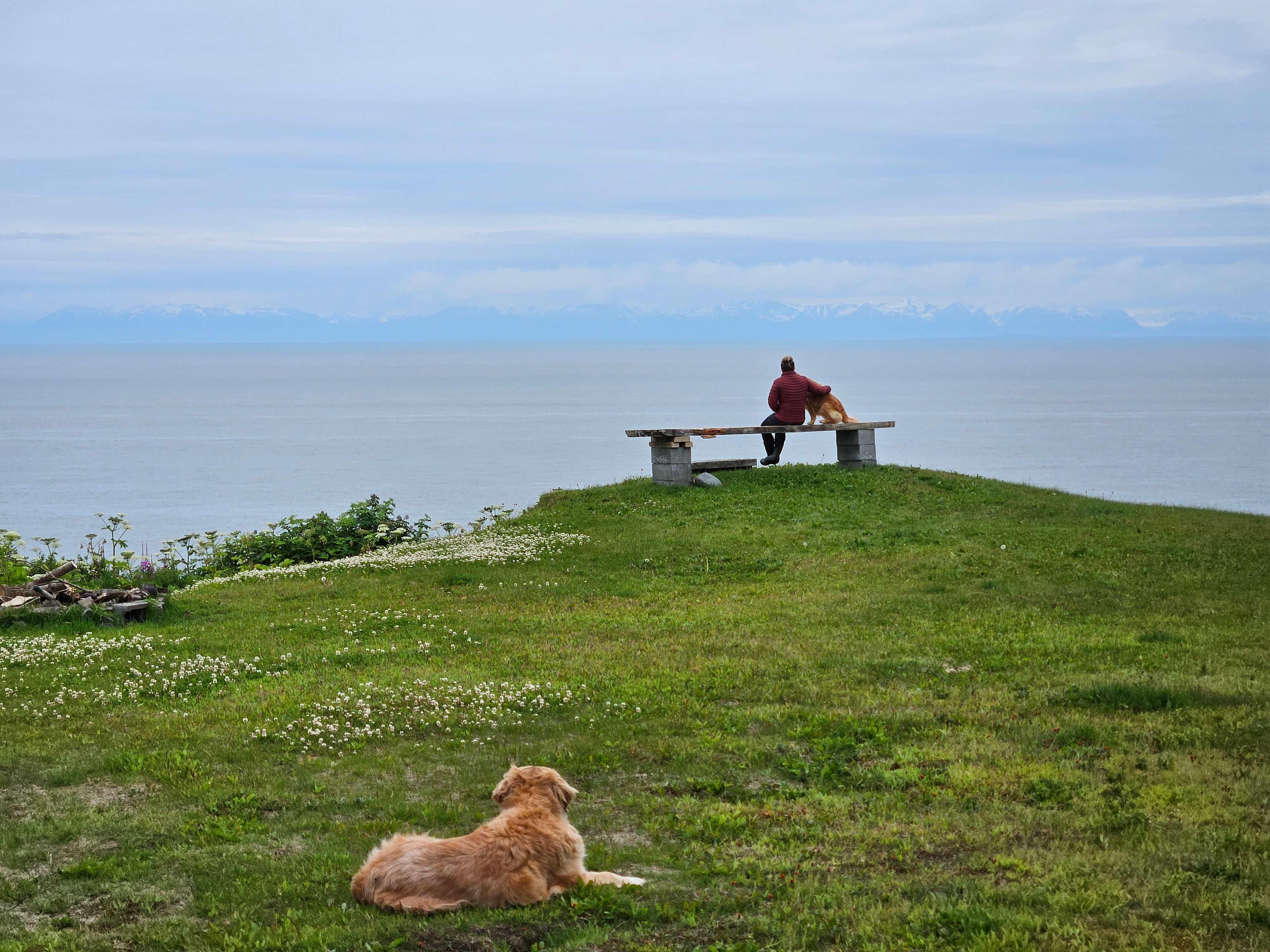
K
Kyle
July 2025
18 ft travel trailer
With pets
Paul's location is epic to say the least. The views are unbeatable. He offered his guest bathroom/ shower, and even made us brownies! We will definatly be back, 10/10
See more
K
Kyle
July 2025
Tent
With pets
Paul's location is epic to say the least. The views are unbeatable. He offered his guest bathroom/ shower, and even made us brownies! We will definatly be back, 10/10
See more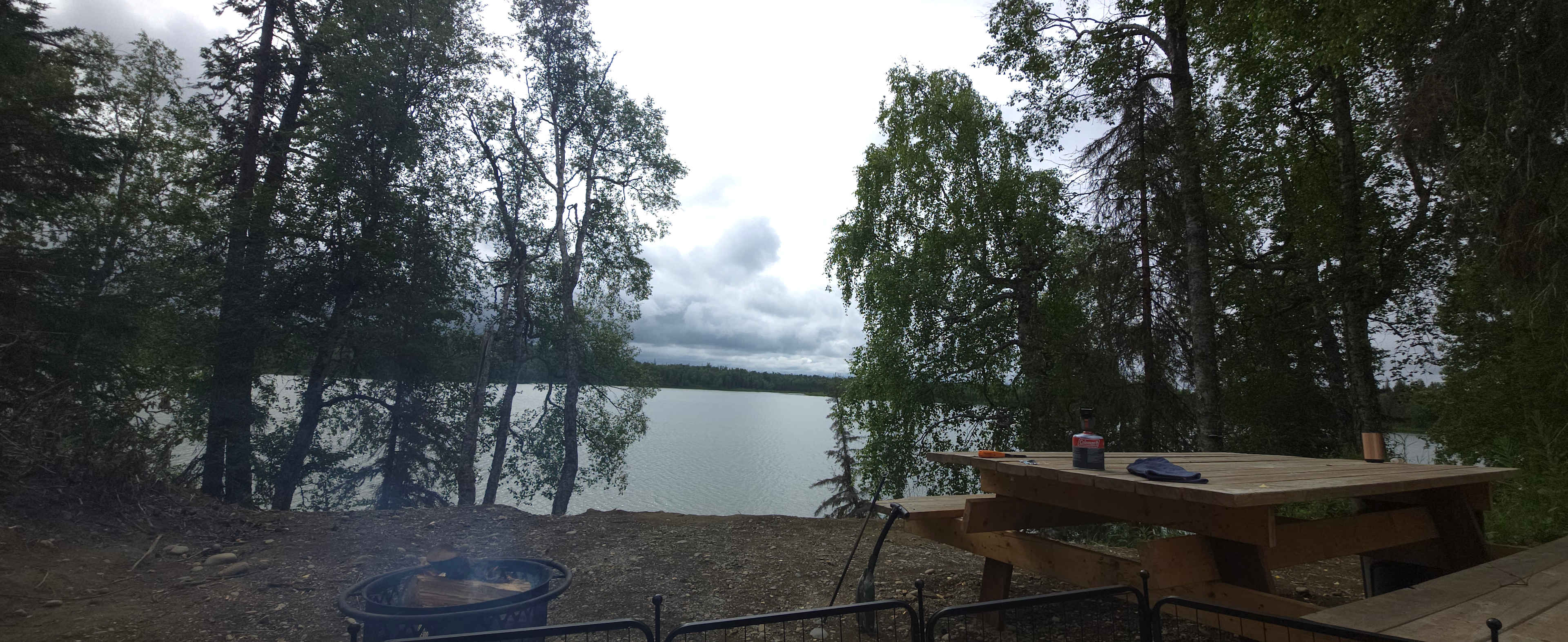
T
Teresa
July 2025
20 ft travel trailer
Beautiful location and close to town. We rented campsite #4. It was a tight fit for our trailer (20Ft) but we managed. I would not recommend any larger travel trailer for this site. The site had access to numerous locations to walk, fish, canoe, and view an eagles nest. We had our small dogs with us and remained cautious of the nature that surrounded us. No doggie snacks for the eagles. The site has an awesome view of the lake. Plenty of sunlight to charge our solar batteries on our trailer. Once again, please do not think you can fit your 24ftr in there safely, it just shouldn't happen. The gound is a bit soft but only because its a fairly new site. Bugs were not that bad but we had our thermacells to keep insects at bay. We did not have to use any spray repellental at all. It is a bit on the spendy side, but seclusion, beauty, and tranquility are guaranteed.
We are looking for to seeing The Everson Homestead again.
See more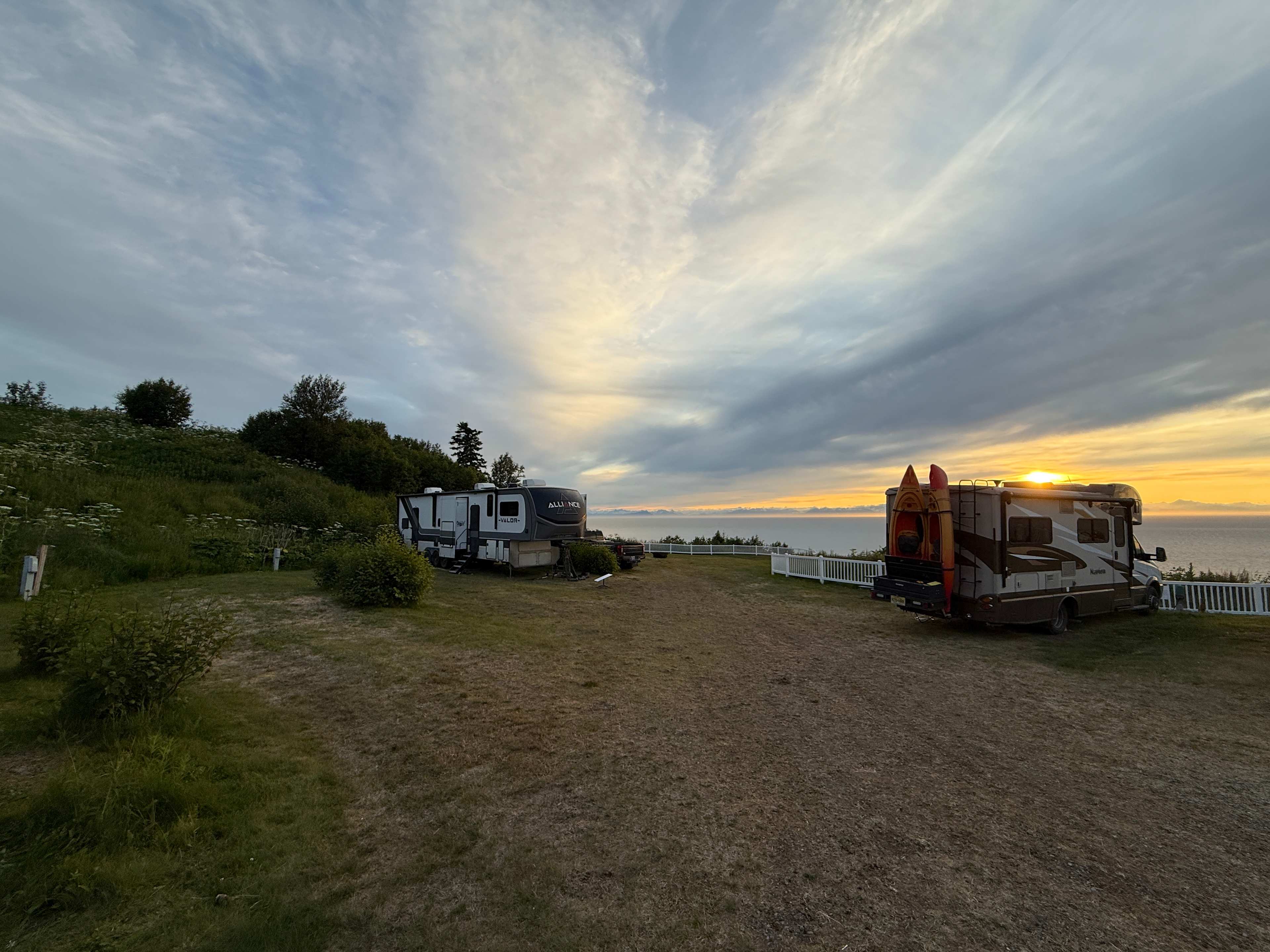
D
Daniel
July 2025
44 ft fifth wheel
The view is incredible. The host is friendly and helpful. We really enjoyed our stay. The sites are far enough from the highway to not hear the noise and I have to mention again the view is second to none. Not all sites have dump but some do. Would definitely stay again.
See more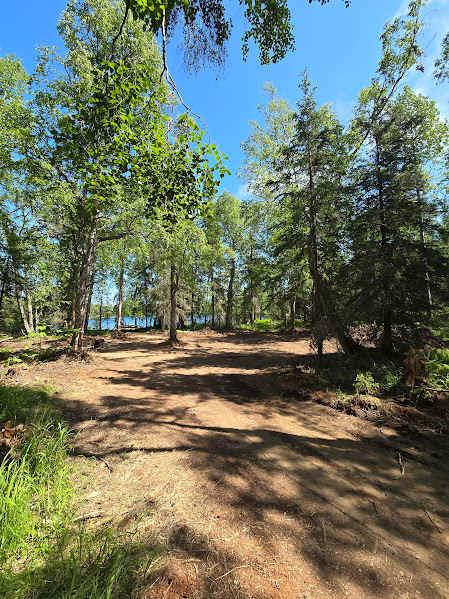
Trenton
July 2025
Tent
With pets
Great camping spot right on the lake! Perfect location for fishing on the Kenai. Site is catered toward RV camping but we found a couple clear spots to set up our tents and it worked out well.
See more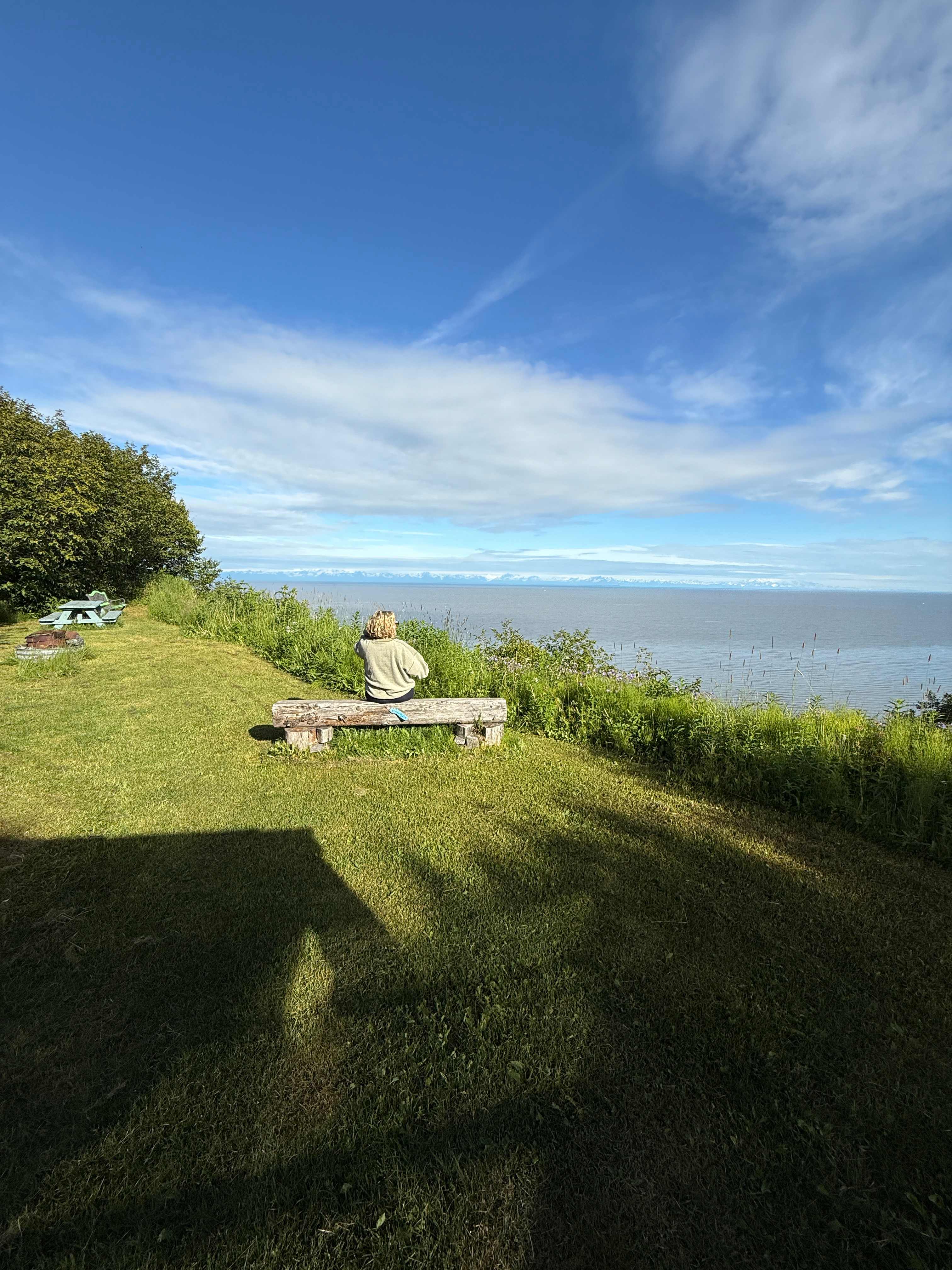
A
Ashlyn
July 2025
1 night at The Bluff Cabin at Clam Gulch
Incredible little cabin with the best view. Definitely bring some steaks and cook out on the grill! We played scrabble and loved the added touch of having art supplies. What a beautiful little getaway. We will be recommending this place to our friends! Thank you Serena for everything 💕✨
See moreNearby public parks
Browse national and state parks near Kenai
More campsites near Kenai


